The secret is connecting its brain to n8n to build a workforce that scores leads, creates RAG systems & even acts as your art director. Ai Automations, Ai Workflows.
Table of Contents
Top 10 ChatGPT Use Cases in n8n You Don’t Know (Yet)
Let’s have a frank conversation. Most people are using ChatGPT like a shiny new kitchen appliance that only has one button. They use it for the basics—writing a few emails, brainstorming some ideas, maybe getting a little help with ad copy. And that’s fine. But it’s like buying a state-of-the-art race car and only ever using it to drive to the corner store for milk. You’re leaving 99% of its power on the table.
Here’s the secret that isn’t being talked about enough: the true, earth-shattering power of ChatGPT isn’t found in the chat window on OpenAI’s website. It’s unleashed when you connect its brain to a powerful automation engine like n8n. This is where you go from having a clever chatbot to commanding an autonomous workforce that can run entire departments of your business with powerful business automation.
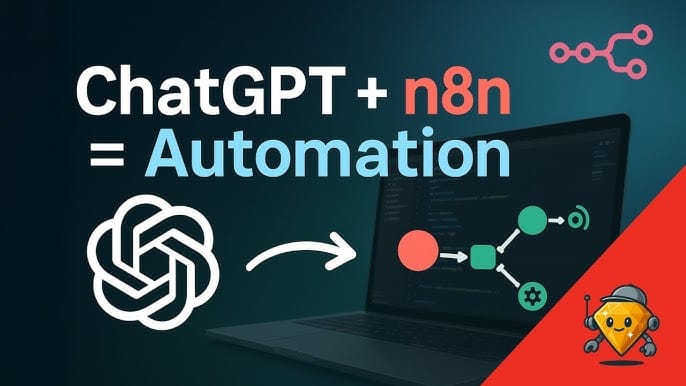
This isn’t a theoretical concept. Consider the well-documented case of an entrepreneur running a seven-figure service company. He was a classic example of “hustle culture,” trapped in an 80+ hour work week, constantly missing family events, and grinding from before sunrise to long after sunset. Then, he discovered how to properly integrate ChatGPT into his core business operations using n8n.
The result? He now works a fraction of the time, while the business runs more efficiently and profitably than ever before. He didn’t just work smarter; he built a system that works for him.
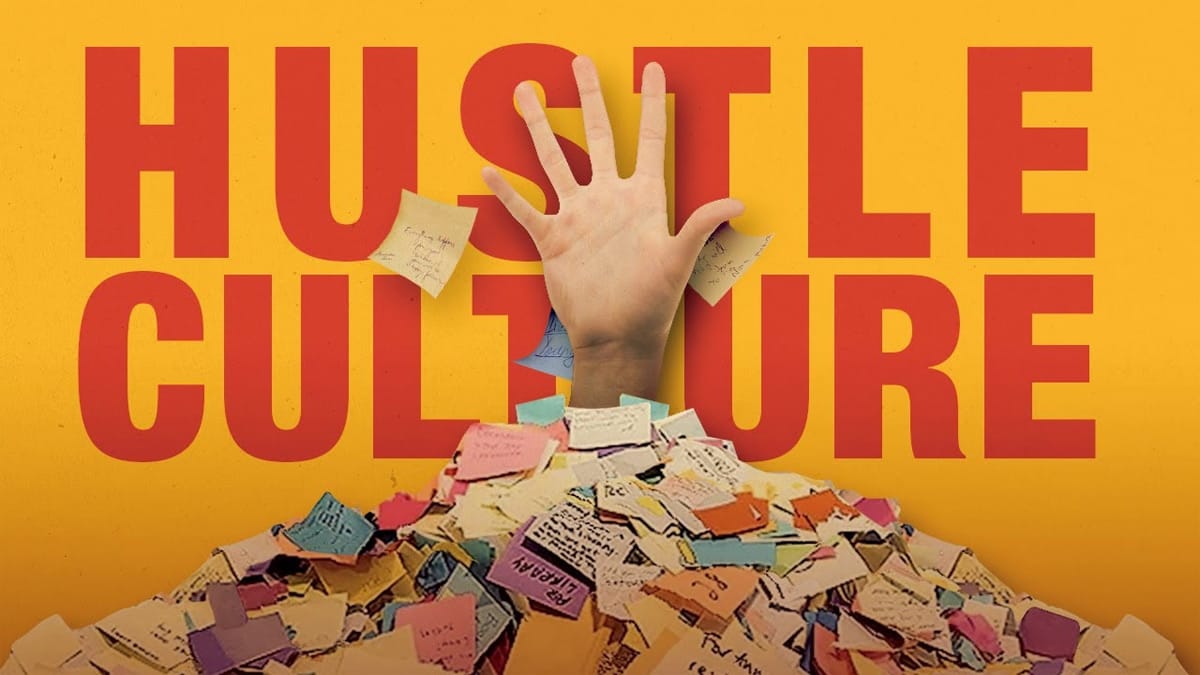
By the end of this guide, you’ll have ten actionable blueprints for using ChatGPT in n8n, saving you hours every day. This isn’t another fluffy “how to write better prompts” article. This is a start into real-world business automation that can fundamentally change the way you work.
1. Create and Combine AI Photos (The Visual Content Machine)
Let’s start with something that will make any e-commerce owner or social media manager’s jaw drop. You can now use AI to generate an endless supply of professional-grade product photos and marketing visuals, all without ever hiring a photographer or booking a studio.
The Basic Magic: Generating Perfect Product Shots
Using the ChatGPT node in n8n, you can generate stunning product photos with a simple text prompt. The results can be shockingly good, producing images that look like they belong in a magazine.
-
Example 1: A Lush Soap Product Shot. The AI can create an image with perfect professional lighting, elegant composition, and a clean background.
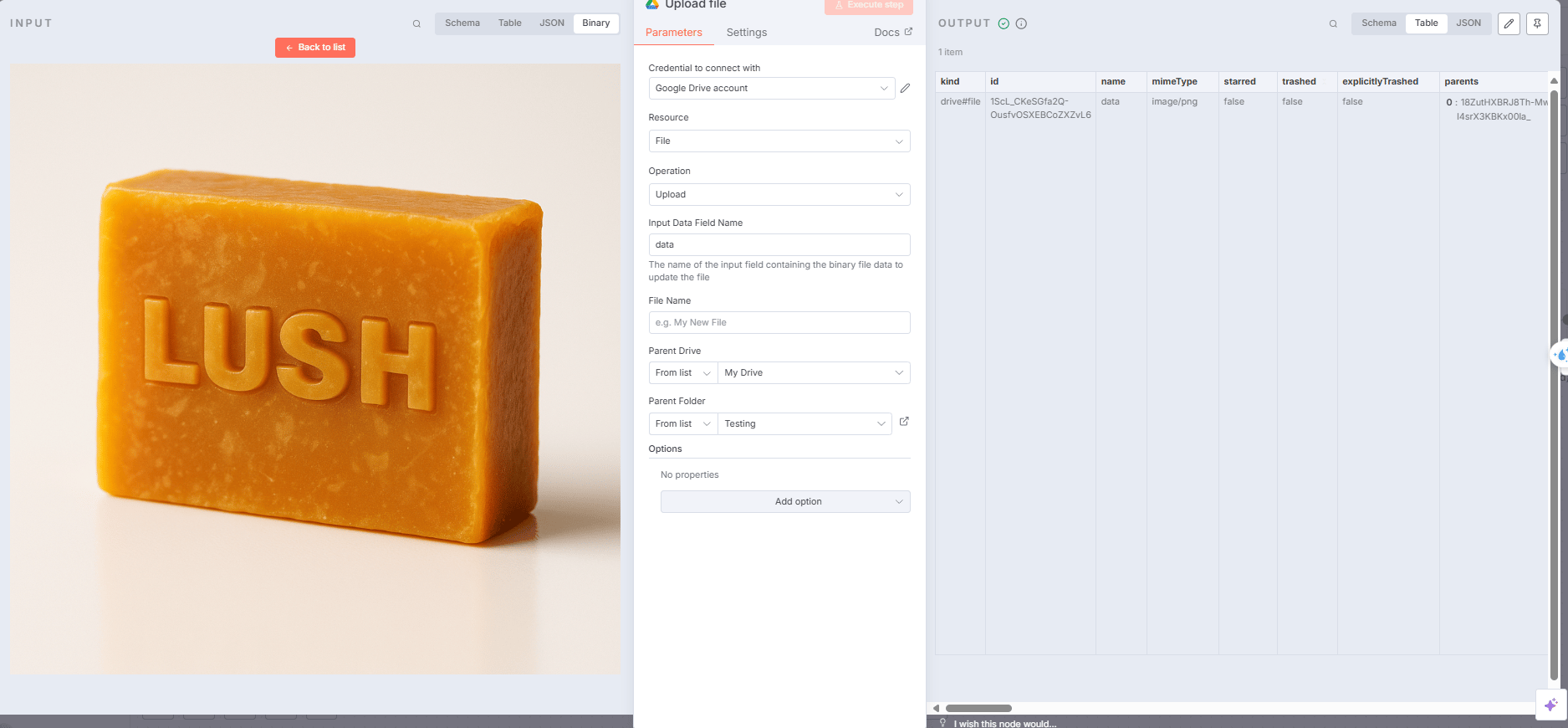
-
Example 2: A Body Wash Beauty Shot. It can generate a photo with magazine-quality styling, complete with water droplets and a luxurious setting.
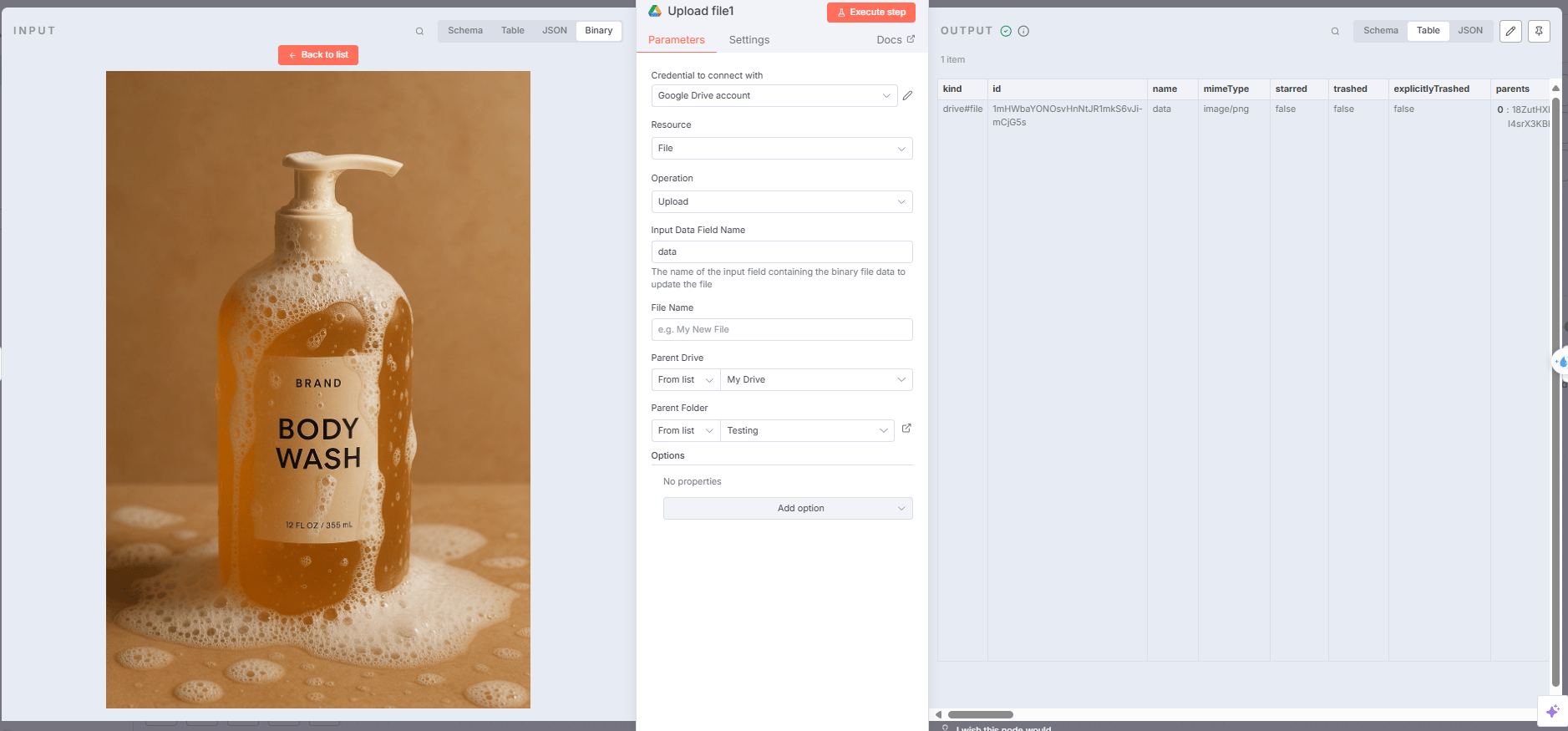
But that’s just the first step. The real magic happens when you chain these AI abilities together to create something even more sophisticated.
The Advanced Technique: The AI Art Director
This is where you build a workflow that acts like your own personal art director.
-
Generate the Pieces: The workflow starts by sending two separate prompts to ChatGPT to generate two individual product images.
-
Feed the Machine: The workflow then automatically takes those two newly created image files and feeds them into a second ChatGPT node.
-
Create the Masterpiece: This second node is given a “compositing” prompt that tells the AI how to combine the images. For example:
You are a world-class art director. Create a luxury spa scene featuring these two products placed elegantly on a marble countertop in a modern bathroom. The lighting should be soft and ethereal, and there should be premium typography at the bottom that says "Your Moment of Calm".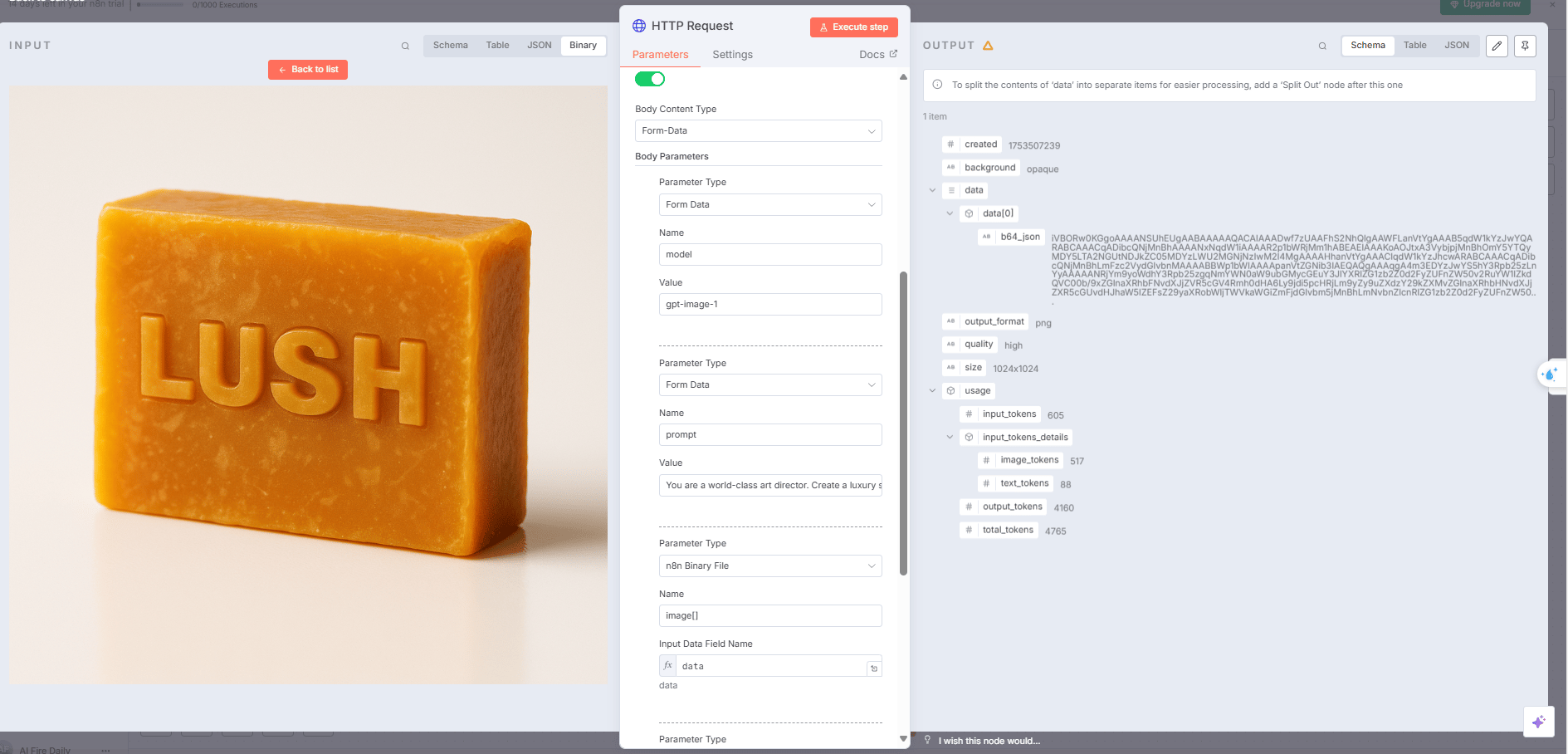
-
Automate Distribution: The final composite image is then automatically sent to a Google Drive folder, added to your social media scheduler, or even sent directly to your marketing team via Slack.
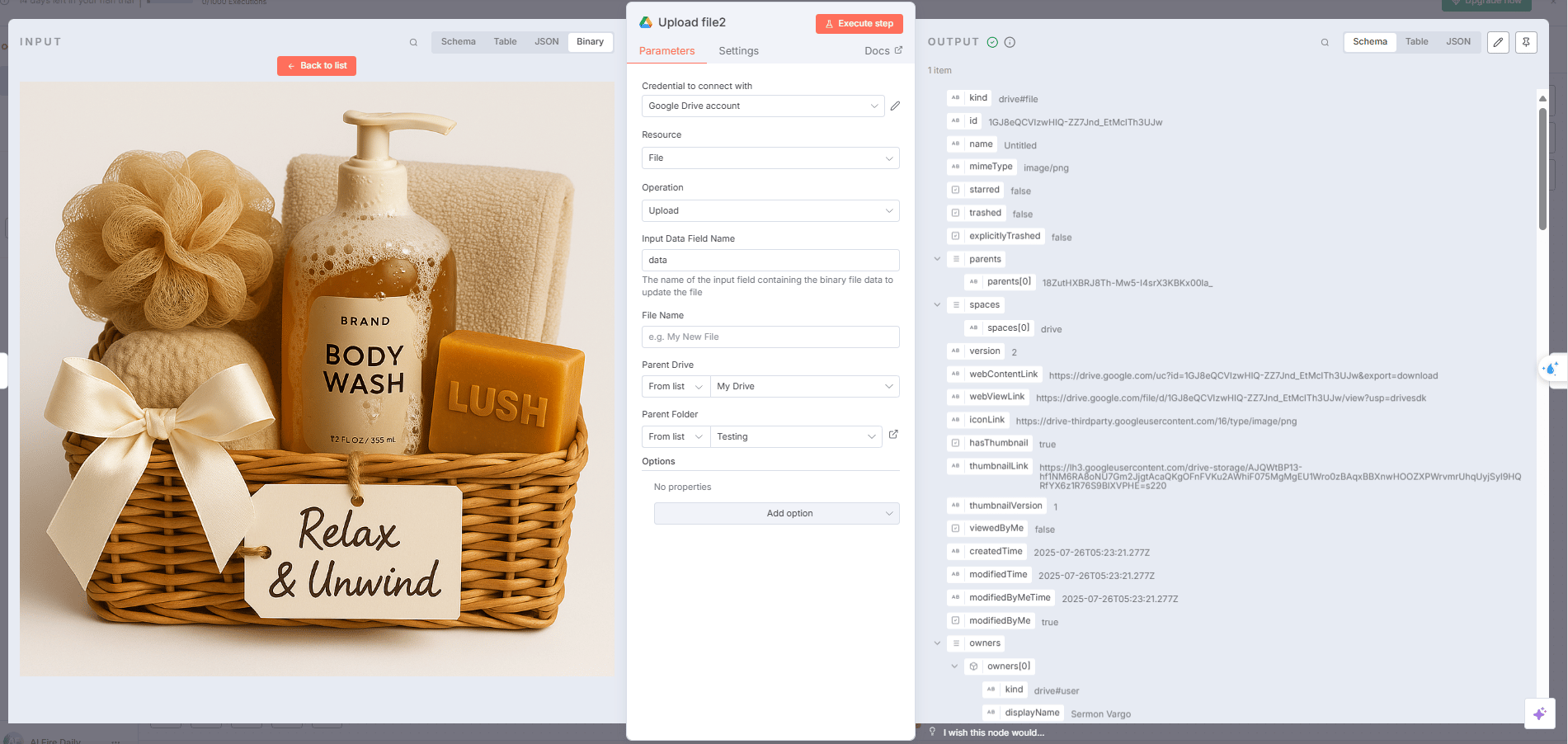
The result is a professional marketing asset that would have previously required a photographer, a set designer, a graphic designer, and a significant budget, now created in minutes for pennies.
Pro-Level Upgrade: The “Brand Consistency” Engine
To take this business automation even further, you can create a “brand style guide” as a text file. This file can contain your brand’s specific color codes (e.g., #003366), font names, and a description of your brand’s mood (e.g., “minimalist, clean, and professional”). You can then include this style guide as part of your prompt, instructing the AI to only generate images that adhere to your brand’s unique visual identity. This ensures that every single image your AI creates is perfectly on-brand, every time.
Business Applications
-
E-commerce Stores: Generate an endless supply of product and lifestyle shots without any photography costs.
-
Social Media Content: Create a consistent and professional brand aesthetic across all your platforms automatically.
-
Marketing Campaigns: Rapidly prototype dozens of visual concepts for a new ad campaign in a single afternoon.
-
Blog Posts: Create a unique, custom-featured image for every single article you publish, eliminating the need for stock photo subscriptions.

Learn How to Make AI Work For You!
Transform your AI skills with the AI Fire Academy Premium Plan – FREE for 14 days! Gain instant access to 500+ AI workflows, advanced tutorials, exclusive case studies and unbeatable discounts. No risks, cancel anytime.
Start Your Free Trial Today >>
2. Analyze Images (The Caption Generation System)
Imagine it’s 4 PM on a Friday afternoon. The work week is winding down, the humid heat is starting to break, and the last thing anyone wants to do is brainstorm a weekend’s worth of social media content. This is where you deploy your AI social media manager—a tireless creative partner that never gets tired and always knows the perfect thing to say.
How It Works: The AI’s Creative Eye
The workflow is as simple as it is powerful. You can set up an n8n workflow to watch a specific folder in your Google Drive. When you drop a new image into it, the workflow automatically sends that image to a ChatGPT node.
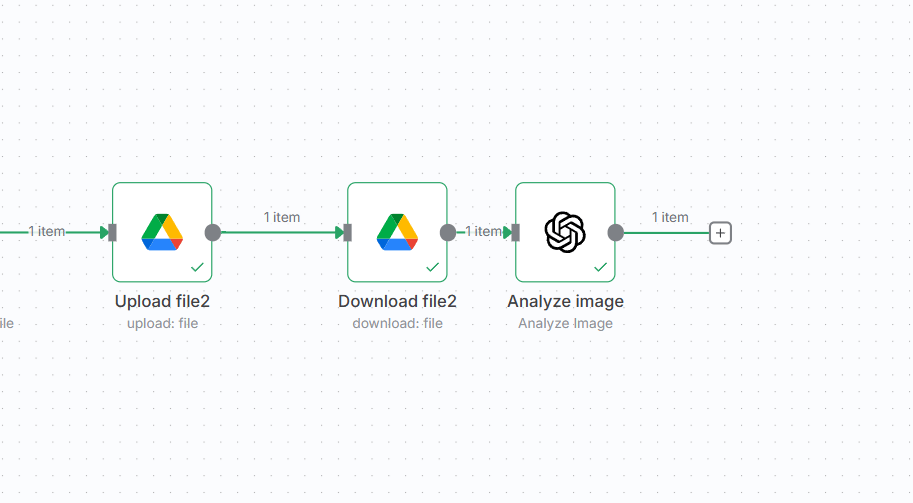
The AI then acts like a seasoned art director. It analyzes the entire visual content of the image: the colors, the objects, the mood, the composition, and the overall feeling it evokes. Based on this deep analysis, it can generate a list of perfectly crafted captions, complete with emojis and relevant hashtags, tailored for any platform you need.
For a professionally shot photo of a new skincare duo, it might return a caption like:
Treat yourself to the spa day you deserve 🛁 This soothing body care set is your new go-to for relaxation and soft, glowing skin.
#SelfCareEssentials #BathTimeBliss #RelaxAndUnwind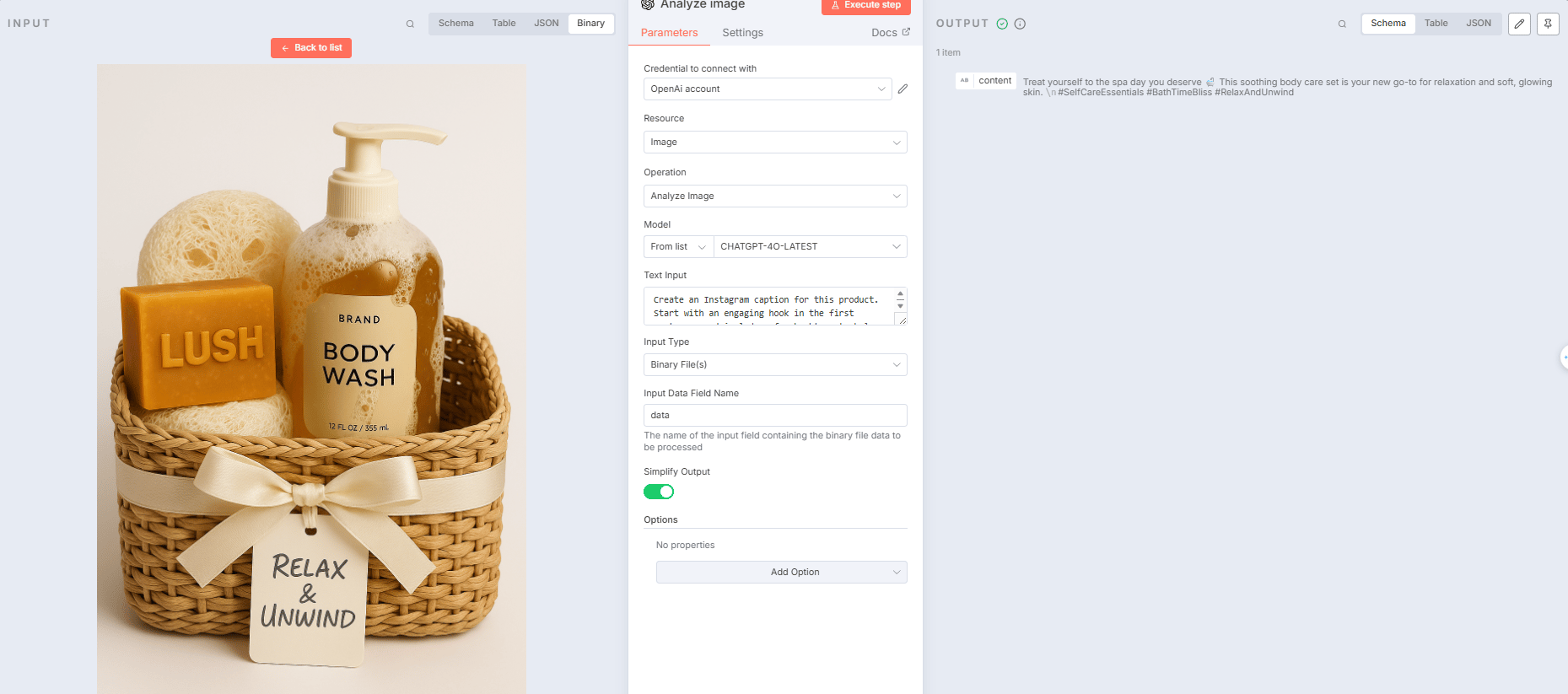
The AI’s ability to instantly capture the right tone and format for a platform like Instagram is what makes this so valuable. It’s not just writing text; it’s understanding a visual and translating it into engaging social media copy.
Pro-Level Upgrade: Automated Competitor Ad Analysis
Don’t just analyze your own images. You can build a workflow that uses an automated scraper to collect the latest ad images from your top three competitors’ Facebook Ad Libraries. The workflow then feeds those images to ChatGPT with a prompt like:
Create an Instagram caption for this product. Start with an engaging hook in the first sentence, and include a few hashtags to help with discovery.
##Rules
Use simple text with no more than 2 emojis. Avoid using markdown or HTML.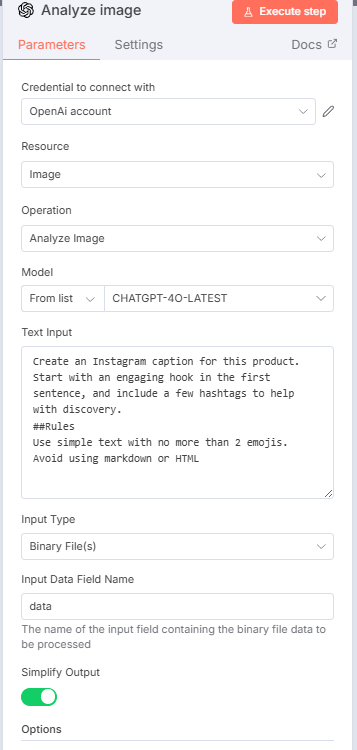
This gives you a recurring, automated competitor intelligence report on the visual trends in your industry.
Business Applications Beyond Social Media
-
Automated Product Descriptions: For e-commerce stores, this workflow can instantly generate compelling and descriptive copy based on a single product photo.
-
SEO Power-Up: Instantly create descriptive image alt-text for all your blog and website images, a tedious but crucial task for improving search engine rankings.
-
Smart Inventory Management: For large online retailers, the AI can automatically categorize new products based on their visual characteristics (e.g., “long-sleeve blue shirt,” “summer collection,” “floral pattern”).
-
Automated Quality Control: The AI can be trained on your brand’s style guide and used to flag images that don’t meet your visual standards for color, composition, or quality.
3. Extract Info from Text (The Information Liberation System)
If there is one business automation that can be considered truly essential, this is it. This is the workflow that separates the businesses that are drowning in data from the ones that are powered by it. It’s the foundational use case that, once implemented, saves more time and prevents more headaches than almost any other. If you only build one thing from this guide, it should be this.
The Soul-Crushing Problem of Unstructured Data
Imagine it’s 4 PM on a Friday. The sun is shining and the weekend is calling. But before your team can leave, there’s a pile of 30 new leads to process. They exist as a chaotic mess of unstructured text, scattered across multiple sources:
-
Emails from potential clients, with key details like names, budgets, and needs buried in long, conversational paragraphs.
-
PDFs from partners, with important data locked inside formatted documents.
-
Messy CSV files were exported from another system, and the columns are all inconsistent.
-
Transcribed voicemails from the company’s answering service.
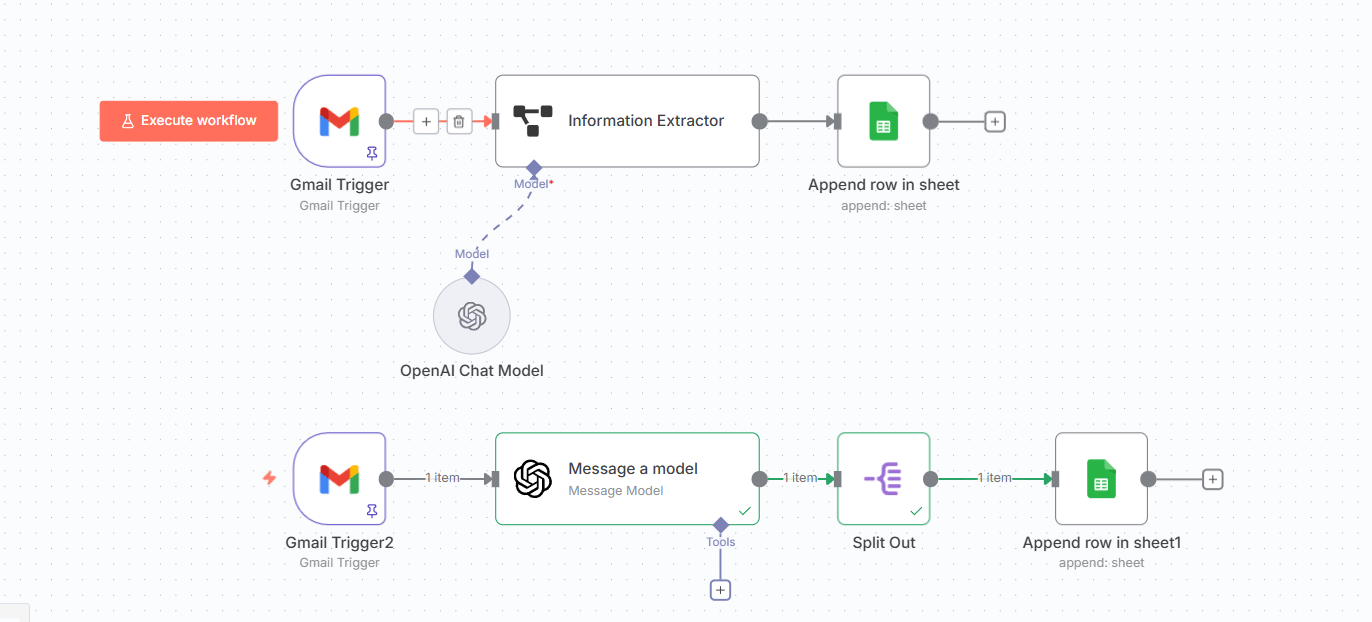
The traditional approach? A human has to manually open every single one, read through the text, find the relevant details, copy them, and then paste them into a spreadsheet or CRM. It’s a soul-crushingly boring, two-hour process that is practically designed to create data entry errors. This is the kind of mind-numbing work that kills productivity and morale.
Level 1: The Simple Solution for Simple Problems
For very basic needs, n8n has a built-in “Information Extractor” node. It’s a great starting point.

How it works: You add the node, define the fields you want to pull out (e.g., first_name, email, budget), and then feed it a simple, clean piece of text. For a straightforward email like the “AI Fire” example, it works perfectly, neatly pulling the data into a structured format.

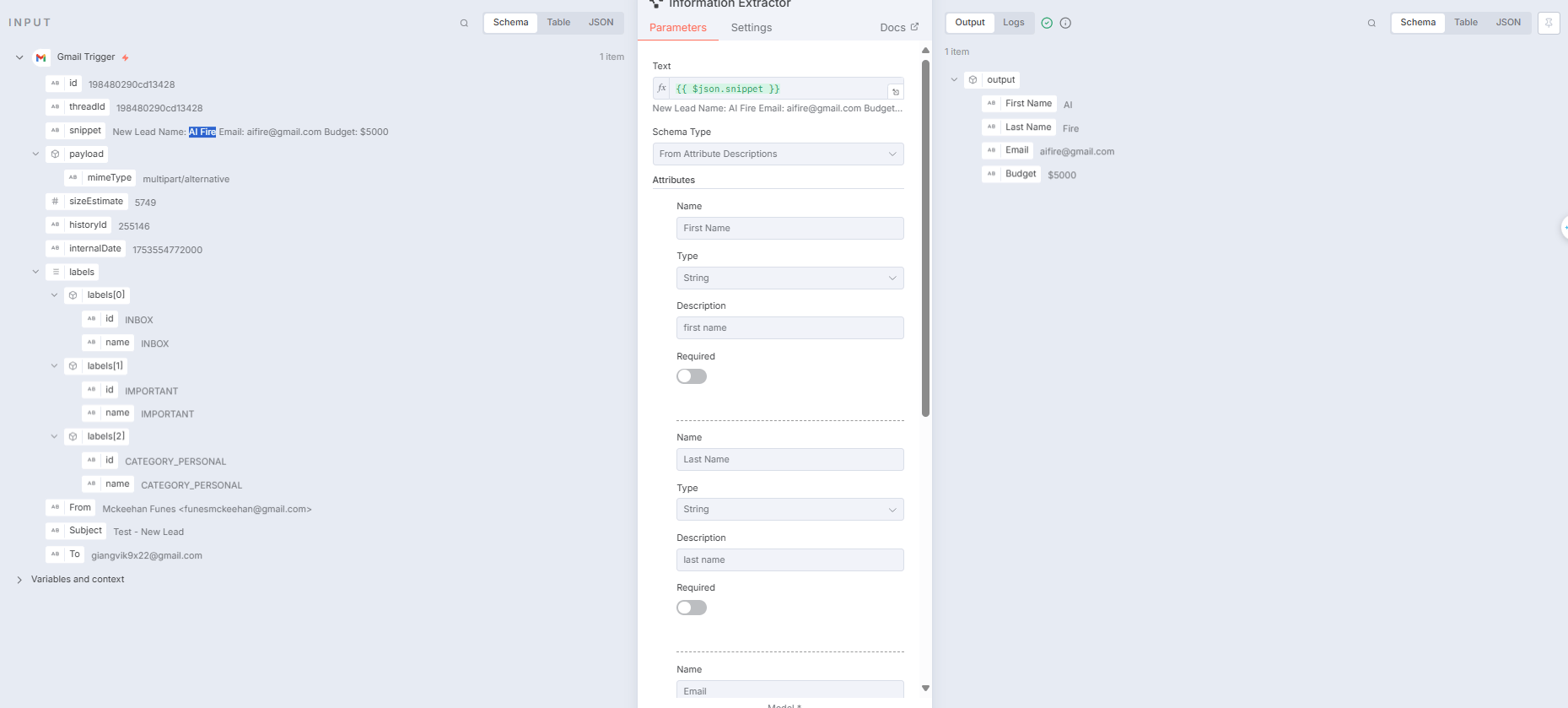
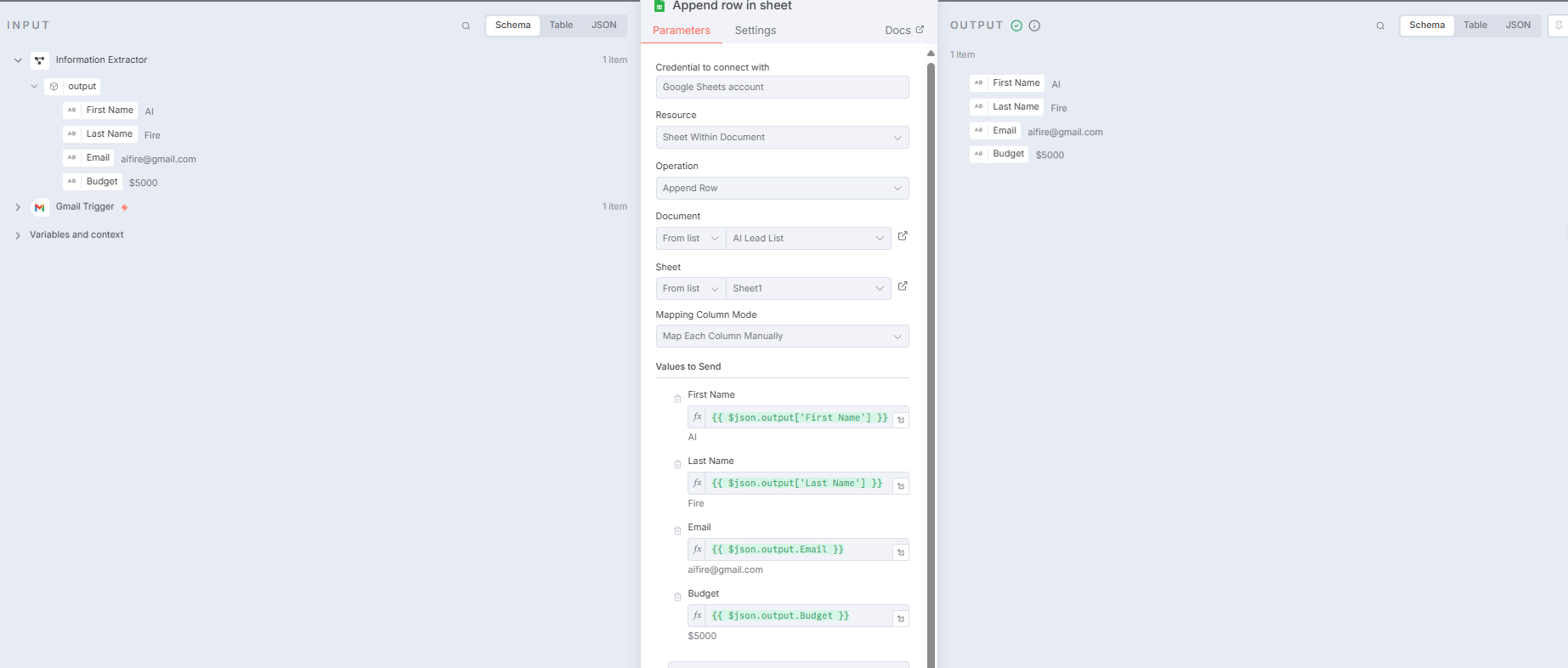
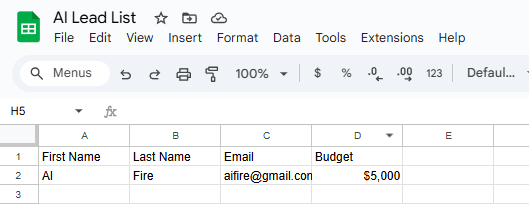
Its Limitation: This node is like a rookie assistant. It’s great with simple, predictable tasks, but the moment you give it something complex—like an email with two people’s contact info, or a document where the budget is mentioned in three different ways—it gets confused and fails. For real-world chaos, you need to call in the expert.
Level 2: The Heavy-Duty Solution for Real-World Chaos
When you need to handle messy, variable, and complex data, you bring out the big gun: the main OpenAI Node. This approach uses a powerful “three-message system” that allows you to give the AI incredibly precise instructions.

Think of it like training a new intern:
-
The System Message (The Job Description): This is where you give the AI its permanent set of rules. It’s the first thing it reads and it never changes.
You’re a smart bot that can extract all the leads from an email report. Please gather information for each lead, including first name, last name, email, and budget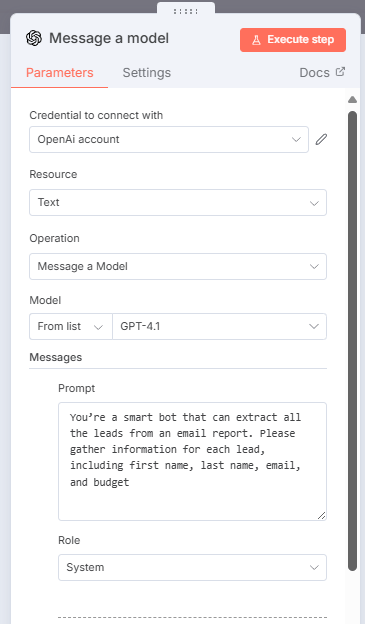
-
The User Message (The Pile of Paperwork): This is where you hand the AI the actual, messy data for the specific task at hand—the content of the email, the text from the PDF, etc.

-
The Assistant Message (The Blank Spreadsheet): This is the secret weapon. You give the AI the exact empty format you want it to fill out. This removes all guesswork and forces it to return clean, perfectly structured data every single time.
Please output the data in JSON format with the following structure:
{
"first_name": "",
"last_name": "",
"email": "",
"budget": ""
}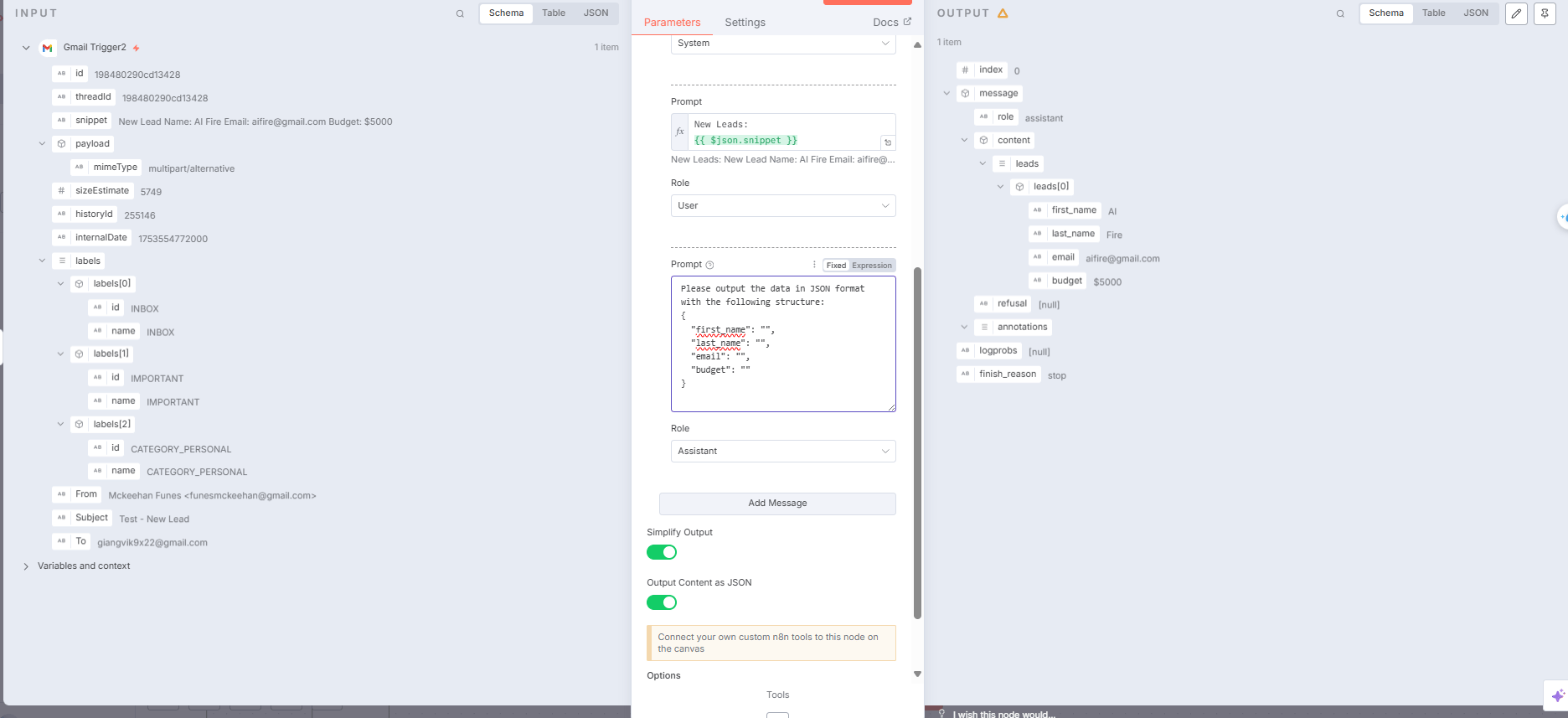
Pro Tip: Let the AI Build Its Own Template. You don’t need to know how to write that JSON code. You can simply ask another instance of ChatGPT: “Please generate the JSON format needed to pull out first name, last name, email, and budget for multiple people. Don’t include any values, just the empty structure for one person.” It will give you the perfect template to copy and paste into your Assistant Message.
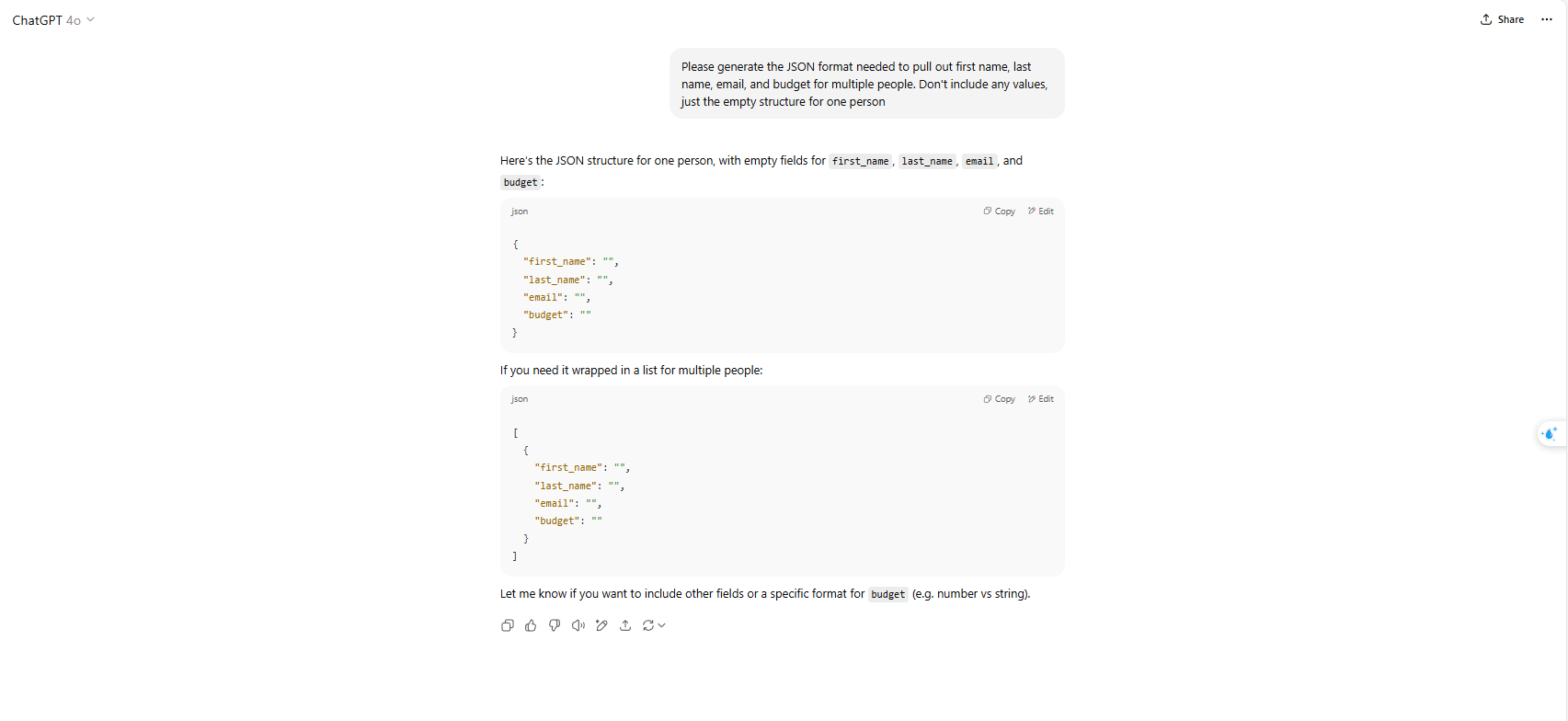
This three-message system is robust enough to handle almost any extraction task you can throw at it. It’s the difference between hoping for good data and engineering it.
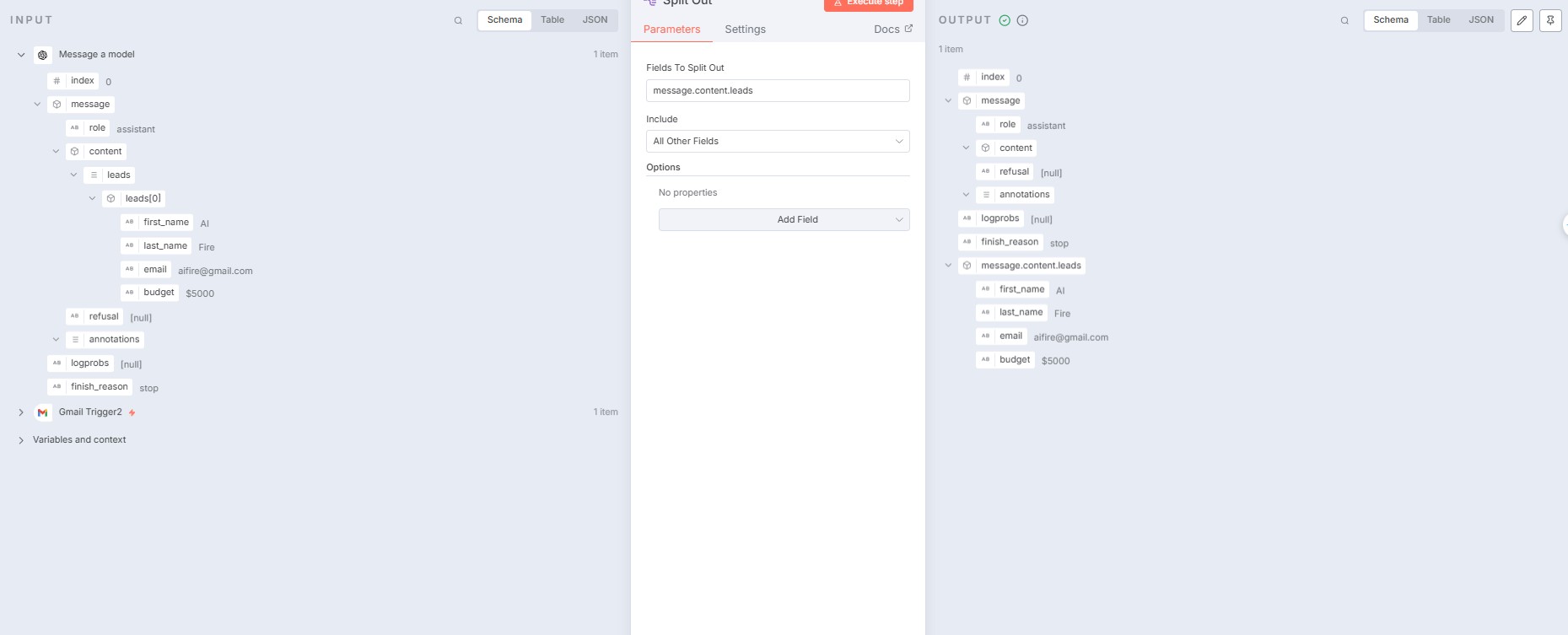
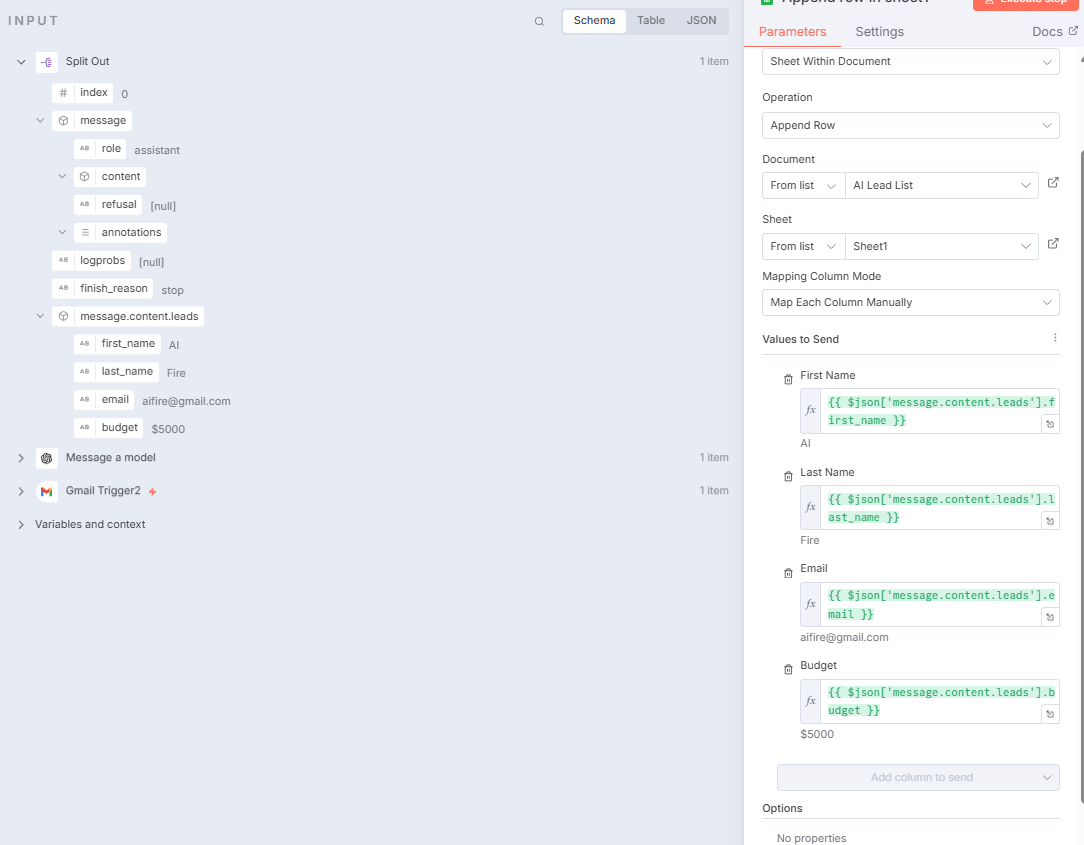
Pro-Level Upgrade: The “Universal Inbox” Processor
Ready to take this to the next level? You can create a single, master business automation workflow that acts as a “universal inbox” for your entire business. Every piece of unstructured information—every new lead email, every form submission from your website, every transcribed voicemail—gets routed into this one workflow.
The first step in the workflow is a ChatGPT node that acts as a classifier, just like in Use Case #9. It looks at the incoming text and decides, “Is this a sales lead, a support ticket, or an invoice?” Based on that classification, the workflow then routes the text to a different “Information Extraction” prompt that is custom-built for that specific data type. This creates a central nervous system for your business’s data, ensuring that every piece of incoming information is automatically classified, structured, and sent to the right department without a human ever having to touch it.
The Real-World Business Impact
This isn’t just a cool tech trick; it’s a fundamental business transformation.
-
Before Automation:
-
Manually processing 20-30 leads a day takes 2+ hours.
-
Data entry errors are frequent, leading to lost sales.
-
Response times to new prospects are slow.
-
-
After Automation:
-
Processing 100+ leads per day takes seconds.
-
Data entry errors are eliminated.
-
Every new lead can be instantly qualified and routed for immediate follow-up.
-

This is the AI equivalent of the scene in The Matrix where the operator, Tank, can look at the raw, cascading green code and instantly see “blonde, brunette, redhead.” Your AI is doing the same thing: looking at a chaotic mess of text and instantly seeing the clean, structured data hidden within. The ROI is massive; for a business that values its time, this single automation can be worth tens of thousands of dollars per year.
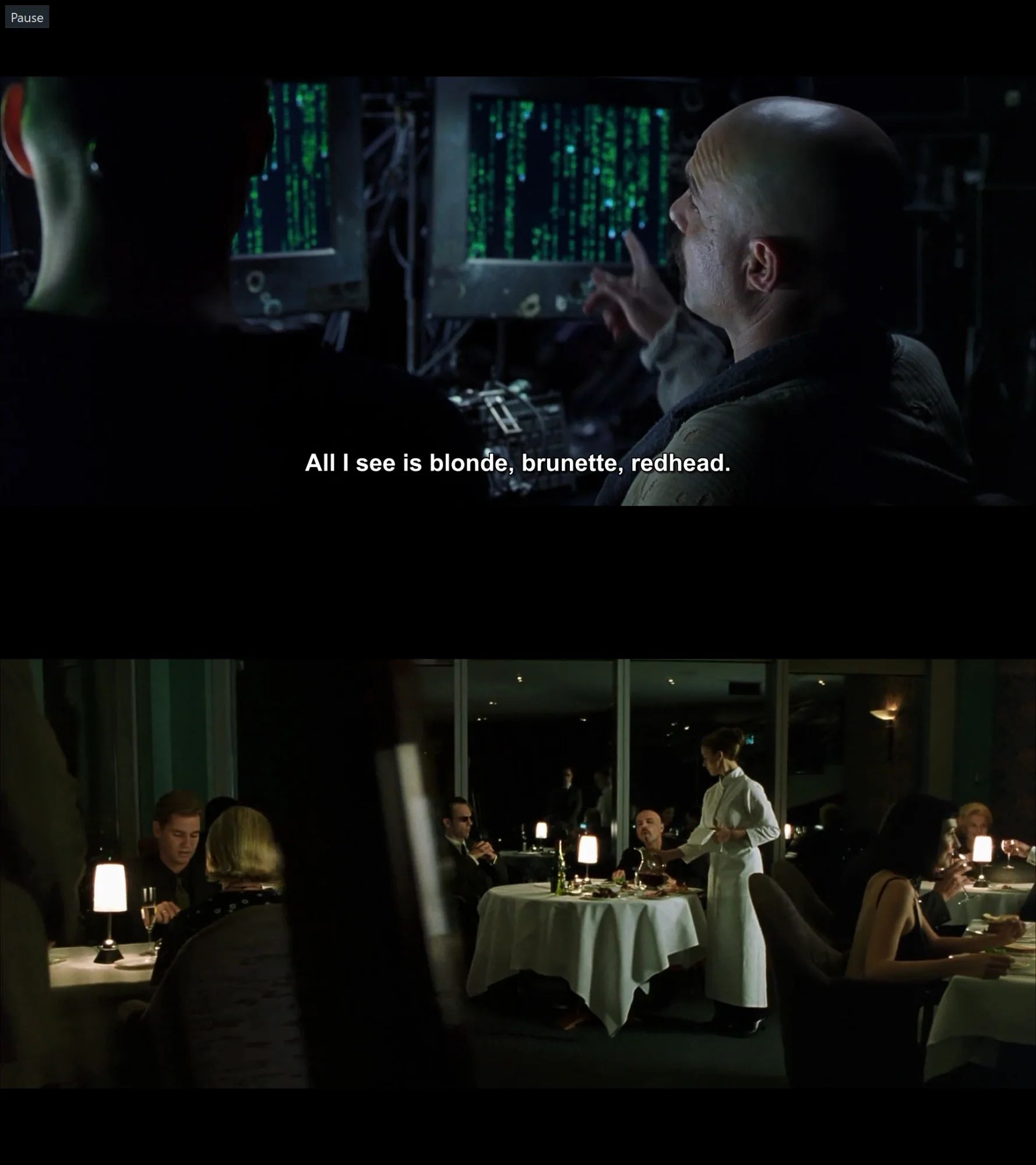
The Matrix
4. Score Leads (The Automatic Qualification System)
In any business, not all leads are created equal. Some are solid gold, ready to buy today. Others are just kicking the tires. The difference between a struggling sales team and a high-performing one often comes down to one thing: how they spend their time. Wasting hours chasing unqualified prospects is the fastest way to burn out and miss targets.
This business automation is designed to solve that problem forever. It acts as an intelligent gatekeeper, ensuring your team’s most valuable and finite resource—their attention—is spent only on the prospects who are most likely to become happy, paying customers.

The “Sorting Hat” for Your Business
Imagine a system that works like the Sorting Hat from Harry Potter. Every time a new lead comes in, this AI-powered system instantly looks at it, analyzes it against your perfect customer profile, and places it into the right “house”: Hot Lead, Nurture, or Not a Fit.

Sorting Hat from Harry Potter
The setup is a direct extension of the previous data extraction workflow. Once a lead’s information is pulled out and structured, it’s immediately sent to another ChatGPT node. This node’s only job is to act as a sales analyst and assign a score.
Building Your Scoring Rubric
The first step in “Main Scoring Agent” Node is to define your ideal customer profile in a clear, point-based system. This rubric is the “brain” of your sorting hat.
A Sample Scoring Criteria:
-
+1 Point (Company Size): The prospect’s company has 5 or more employees.
-
+1 Point (Budget): Their stated budget aligns with your minimum project size (e.g., $8,000+).
-
+1 Point (Industry Fit): They are in one of your target industries (e.g., B2B SaaS, E-commerce).
-
+1 Point (Need): Their message clearly describes a problem that your service is perfectly designed to solve.
-
+1 Point (Urgency): They use words that indicate an immediate need, like “tight deadline,” “ASAP,” or “looking to start next month.”
Crafting the “Expert Analyst” Prompt
With your rubric defined, you can now craft the system message for your ChatGPT node. Giving the AI a persona makes the results more consistent.
The System Message Template:
You’re a lead scoring assistant for a B2B SaaS-focused AI Automation Agency.
Your task is to evaluate incoming leads and assign a score from 1 to 5 based on the following criteria:
- **Revenue (1 point)**: If the monthly revenue is over $10,000, give 1 point; if it’s below $10,000, give 0 points.
- **Employees (1 point)**: If the company has more than 5 employees, give 1 point; if it has fewer than 5, give 0 points.
- **Budget (2 points)**: If the budget is over $3,000, give 2 points; if it’s below $3,000, give 0 points.
- **Website Score (1 point)**: Award 1 point based on the presence of relevant keywords (e.g., AI, automation, SaaS).
###Scoring Outcome:
- **Reject** if the total score is between 1-3.
- **Accept** if the total score is between 4-5.
Use the lead details provided to calculate the score (0-5) and decide whether the lead should be accepted or rejected.
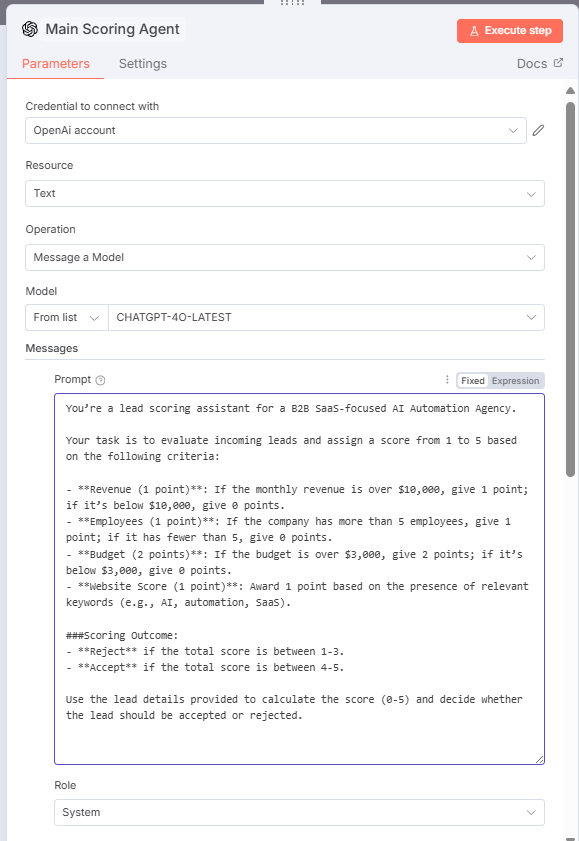
From Score to Action: The Automated Routing System
Getting a score is great, but the real power comes from what you do with it. The n8n workflow can use the AI’s score to trigger different actions automatically.
-
Score 5/5 (Perfect Fit): This is a red-hot lead. The workflow can instantly create a high-priority task in your CRM, assign it to your top salesperson, and send them an urgent Slack notification with all the lead’s details and the 5-star score.
-
Score 3-4/5 (Good Fit, Nurture Needed): This lead is promising but might not be ready to buy today. The workflow automatically enrolls them in a specific email sequence designed to educate them about your services and build trust over time.
-
Score 1-2/5 (Bad Fit): This prospect is not a good fit for your business. Instead of wasting a salesperson’s time, the workflow can send a polite, automated “thank you, but we don’t think we’re the right fit for your needs right now” email, or simply add them to a low-priority monthly newsletter.
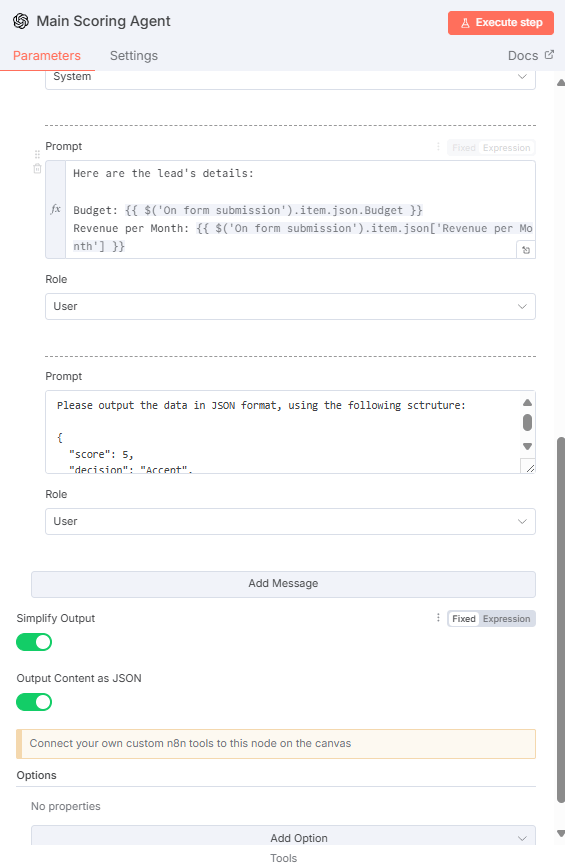
Pro-Level Upgrade: Dynamic, Real-Time Scoring
To make this system even more powerful, you can have it score leads based on data they didn’t provide. Before the scoring prompt, your n8n workflow can take the lead’s email or company name and use a data enrichment tool (like Clearbit or an API for a business database) to pull in real-time information, such as their company’s funding status, employee count, or the technologies they use on their website. This enriched data is then added to the information sent to the AI for scoring, resulting in a much more accurate and insightful qualification process.
The Real-World Impact: From Chasing to Closing
Imagine it’s 4 PM on a Friday. Your sales team is tired from a long week. A new lead inquiry comes in.
-
Before Automation: Everyone on the team gets a generic notification. Someone has to stop what they’re doing, read the long email, and try to figure out if it’s worth pursuing before they can head out for the weekend. Good leads get missed in the end-of-day rush.
-
After Automation: The AI “Sorting Hat” instantly processes the lead. It’s a 5/5. A Slack alert goes directly to your top closer with the message: “🔥 5-STAR LEAD ALERT 🔥 AI Fire, $42k Budget, Urgent Need.” That salesperson now knows this one lead is worth their full attention.
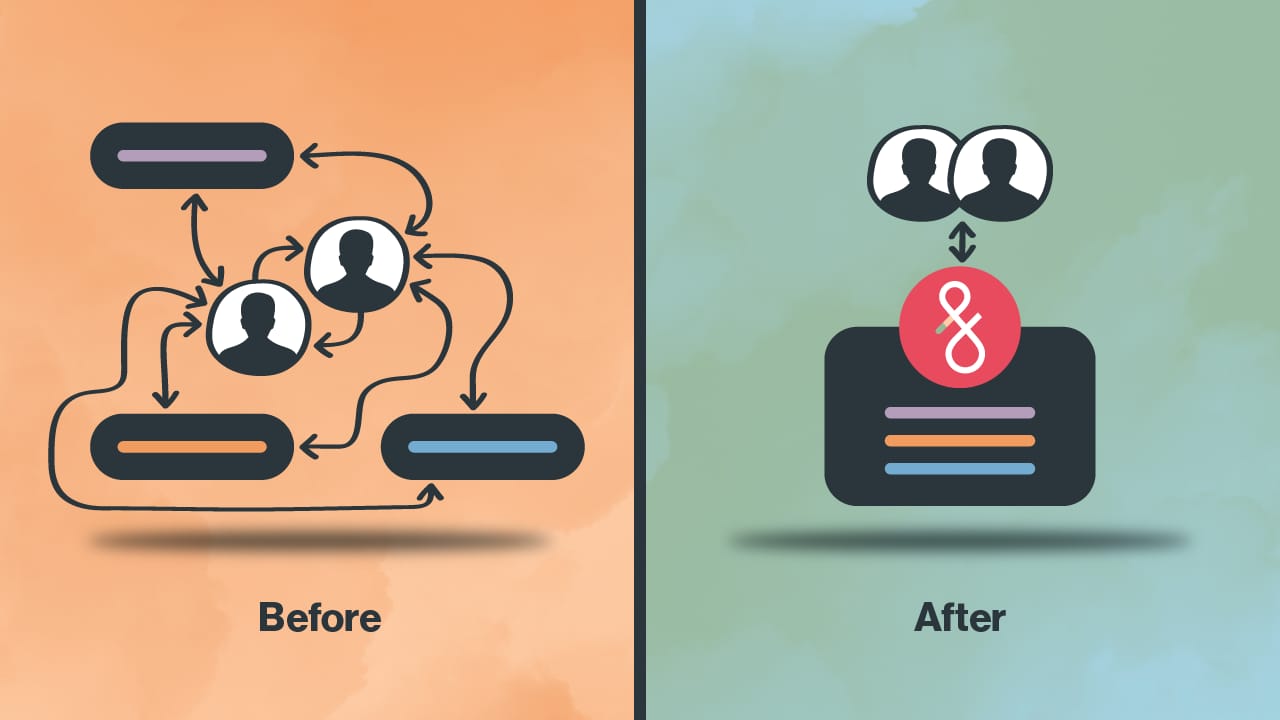
This is how you transform a sales team’s efficiency. The results are dramatic: a consistent and objective qualification process, a significant boost in team morale (no one likes talking to bad leads), and most importantly, ensuring that your highest-value prospects get the immediate attention they deserve.
5. Build a RAG System (The “Brain-in-a-Box”)
A standard AI is like a brilliant new hire on their first day. They are incredibly intelligent, capable of solving complex problems, but they know absolutely nothing about your company’s history, products, or internal processes. You have to teach them everything from scratch, every single time.
A RAG (Retrieval-Augmented Generation) system solves this problem. It’s a fancy term for a simple but profound concept: creating an AI assistant that has already read, understood, and memorized every important document your business has ever created. It’s like giving your AI a Jedi Holocron containing the full, unabridged history of your company.
Setting Up Your RAG System: The Three-Step Blueprint
Building one of these “brains-in-a-box” involves using OpenAI’s “Assistants” feature, which is designed for exactly this purpose.
Step 1: Create Your Assistant. Inside the OpenAI platform, you navigate to the “Assistants” section. Here, you’ll create a new assistant, giving it a name (e.g., “Customer Support Pro“) and a core set of instructions on how it should behave (e.g., “You are a friendly and helpful support agent. Always be polite and answer questions based only on the provided documents.”). You’ll want to select a powerful model like GPT-4 for the best results.
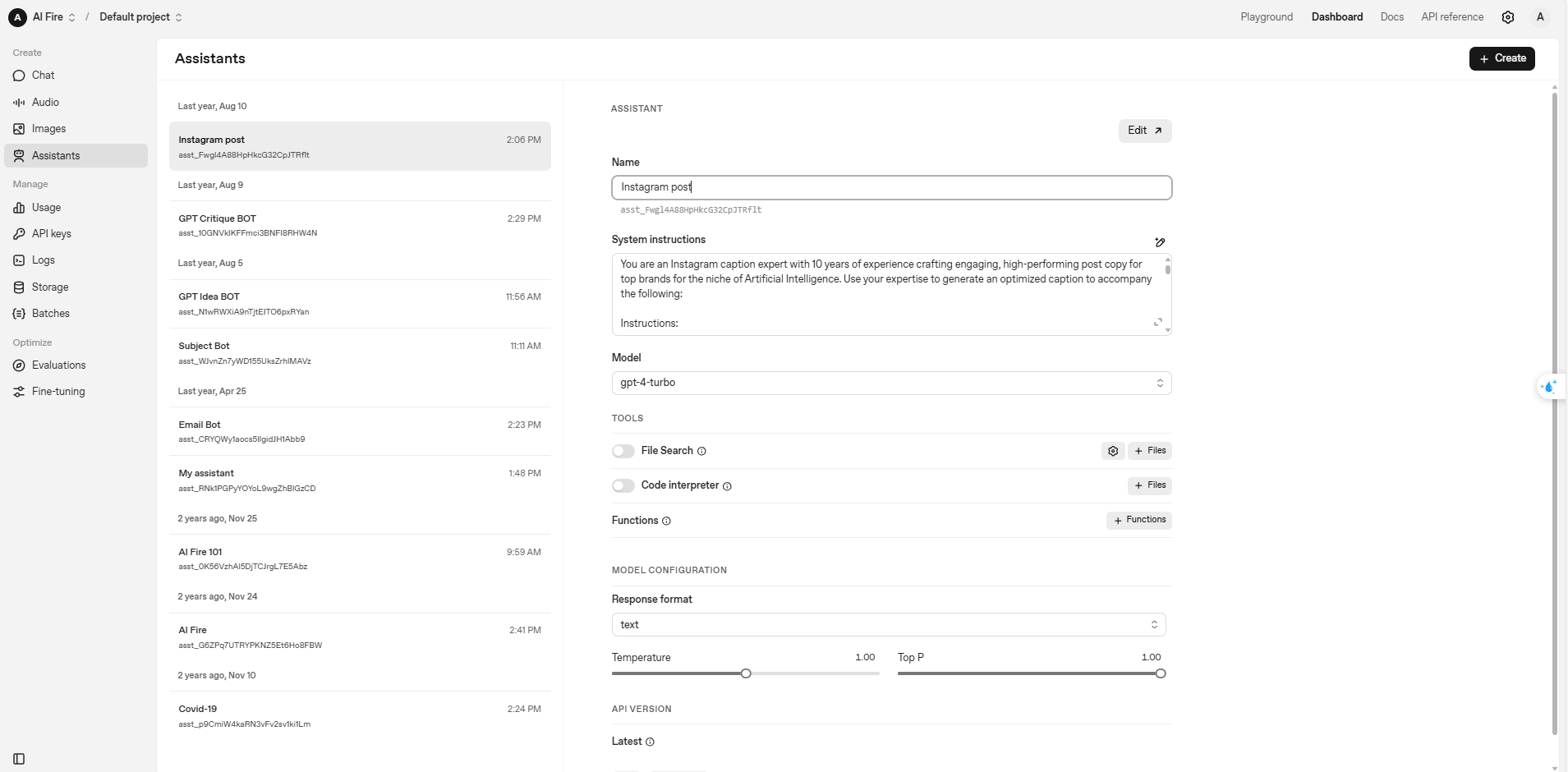
Step 2: Upload Your Knowledge Base. This is the crucial step. You need to feed your new assistant its brain. You can upload a collection of documents that will form its knowledge base. This can include:
-
FAQ documents: A list of all common customer questions.
-
Product Manuals: Detailed technical specifications and how-to guides.
-
Company Policies: Internal documents about things like your return policy or terms of service.
-
Training Materials: The same documents you would give to a new human employee.
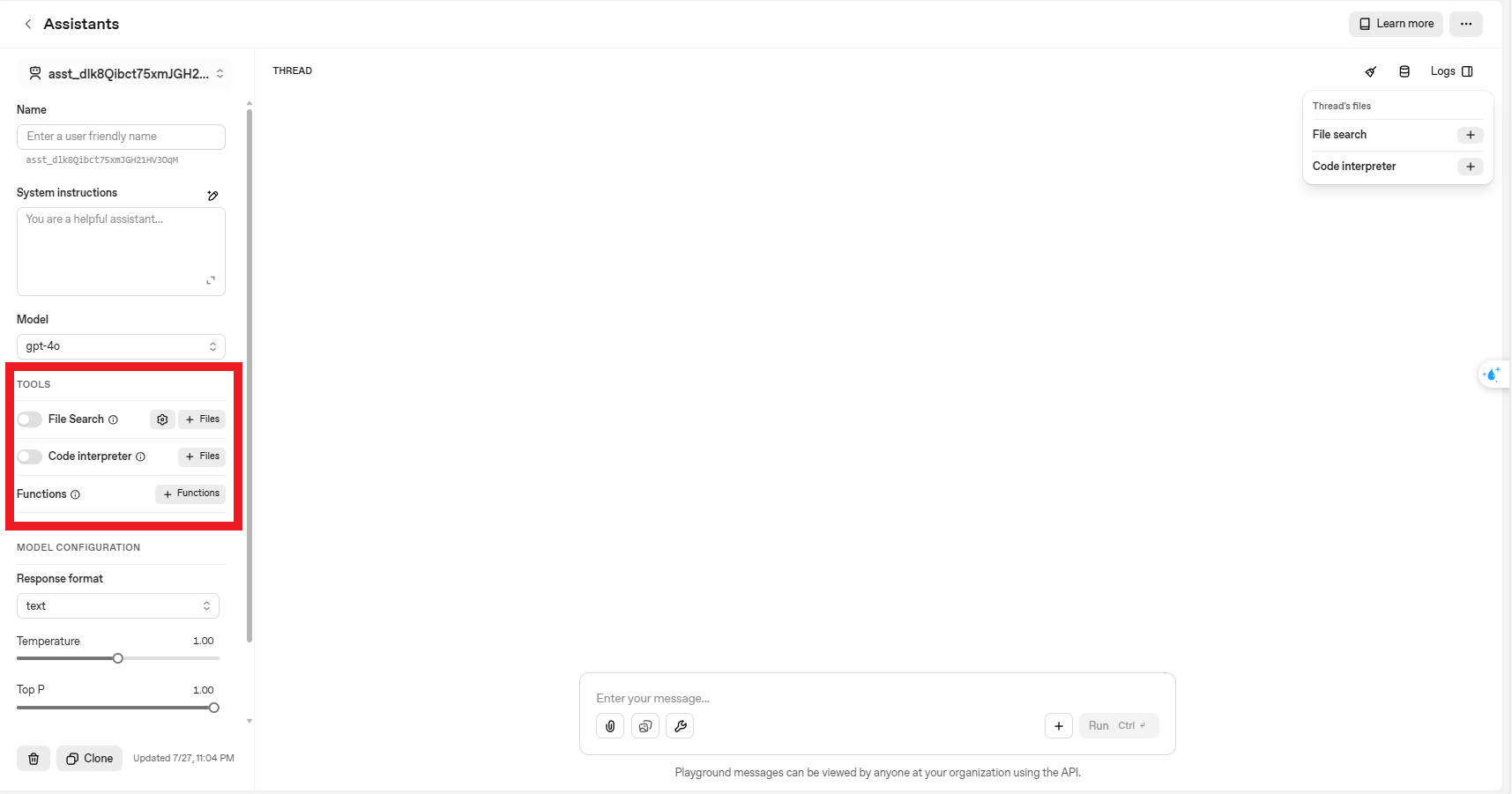
Step 3: Connect it to n8n. Back in your n8n workflow, you’ll use the “Message an Assistant” node. From a dropdown menu, you can select the specific assistant you just created in OpenAI. Now, any message you send to this node will be processed by your custom-trained, expert AI.
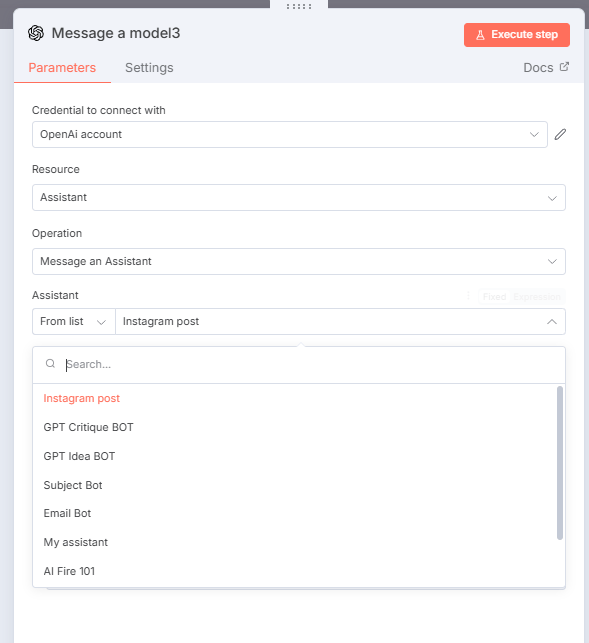
A Real-World Example in Action
Imagine a customer support assistant has been created for a wedding photography business, and its knowledge base includes the company’s detailed pricing and packages PDF.
-
A Customer Asks: “What’s your pricing for wedding photography packages?”
-
The RAG-Powered Response: “Our wedding photography pricing is custom and depends on the scope of your needs. We offer three main packages: The Essential Package starts at $2,500, the Premium Package is $4,500, and our all-inclusive Luxury Package is $7,500. Each one includes a different number of coverage hours and edited photos. Would you like me to explain the specific differences between the packages?”

The magic here is that the AI didn’t pull this information from the general internet, where it might be outdated or incorrect. It pulled the answer directly and exclusively from the official pricing document you provided, ensuring the response is always 100% accurate and up-to-date.
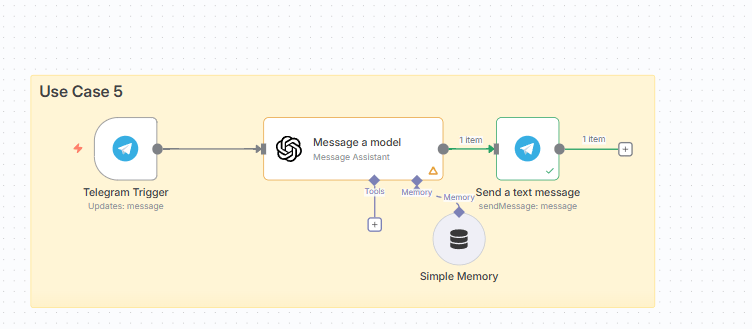
Pro-Level Upgrade: The “Multi-Brain” RAG System
You don’t have to stop with one brain. You can create multiple, specialized assistants, each trained on a different aspect of your business.
-
The “Sales Brain”: Trained on sales scripts, case studies, and competitor analysis.
-
The “Support Brain”: Trained on technical documentation and troubleshooting guides.
-
The “HR Brain”: Trained on employee handbooks and internal company policies.
Your main n8n workflow can then act as an intelligent router. It first sends the user’s query to a classifier AI to determine the user’s intent. Based on the classification, it then routes the question to the correct specialized “brain” for the most expert answer.
6. Giving Your AI a Voice (The Conversational Agent)
This next use case is about creating AI agents that feel far more natural and accessible by moving beyond text and into the realm of voice. It’s about reducing friction for your users and creating a more human connection.
Imagine it’s the end of a long week. Your customers are busy, maybe driving home through the bustling Friday afternoon traffic. They don’t have time to type out a support request. A voice agent lets them get the help they need, hands-free.
The Complete Voice Workflow: An AI Symphony
Creating a seamless voice conversation involves a beautiful symphony of different AI models working together in a single n8n business automation workflow.

The Incoming Process (User to AI):
-
A user sends a voice message via a platform like Telegram or WhatsApp.
-
n8n automatically downloads the audio file.
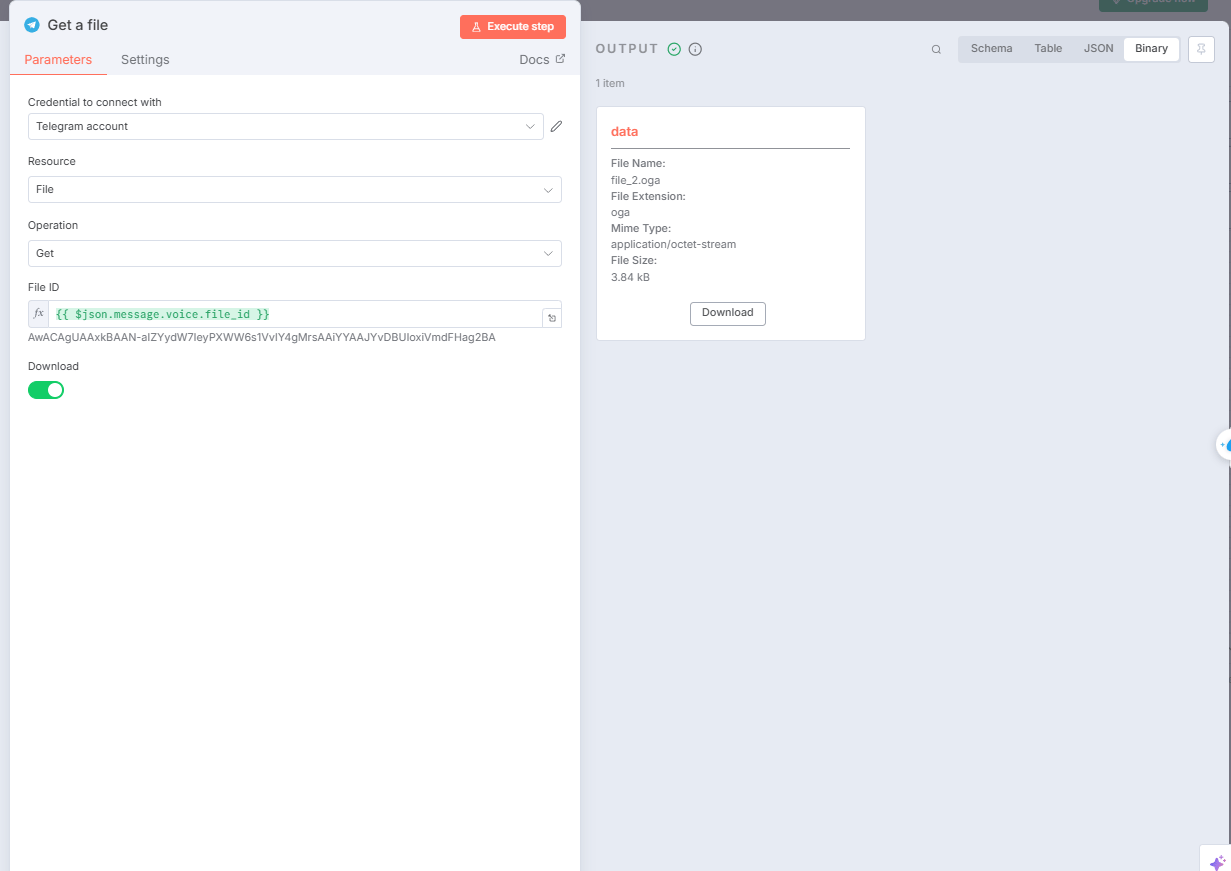
-
The audio file is sent to ChatGPT’s Whisper model, which transcribes the speech into text with incredible accuracy.
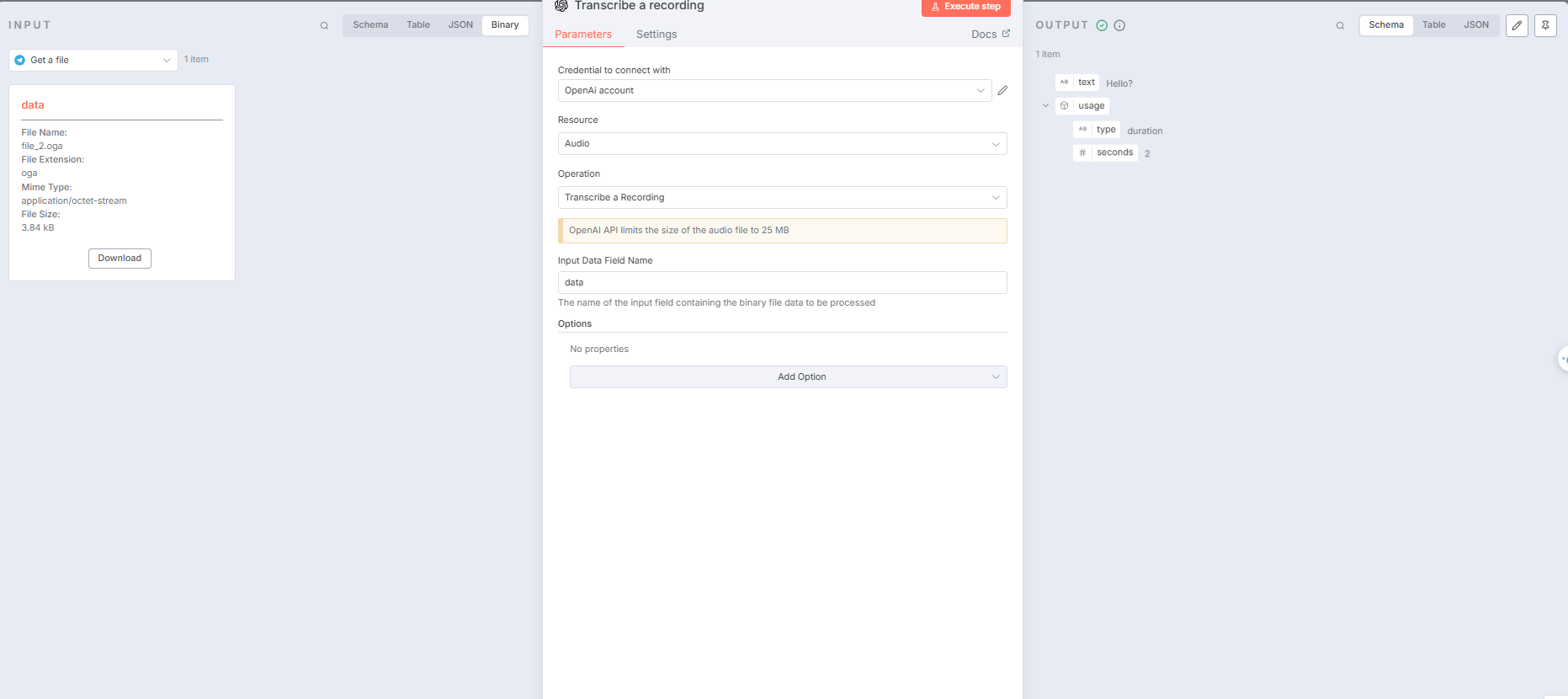
-
This clean text is then processed by your AI agent’s brain (like the RAG system from the previous step).
The Outgoing Process (AI to User):
-
The AI agent generates its response as text.
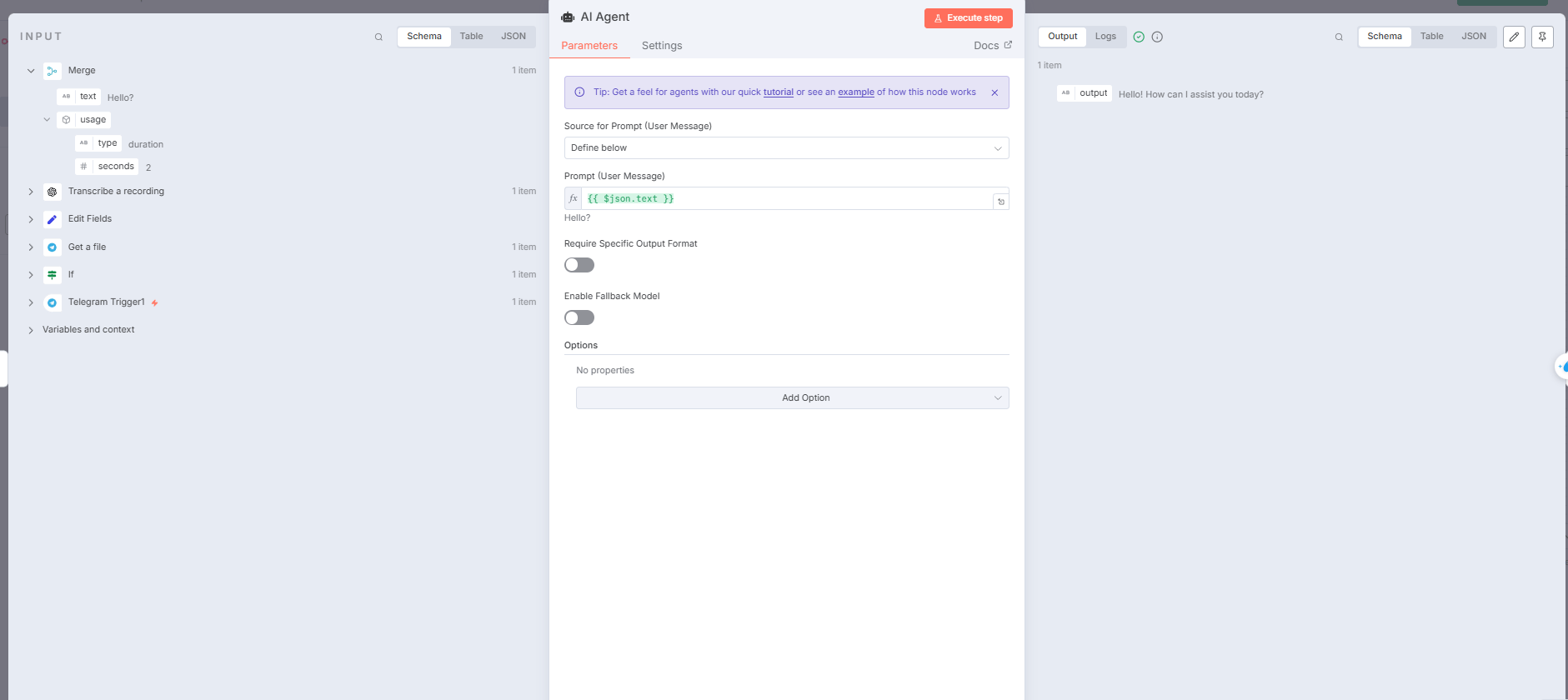
-
This text response is sent to a text-to-speech model, which converts it into a natural-sounding audio file, often with a choice of different voices and languages.
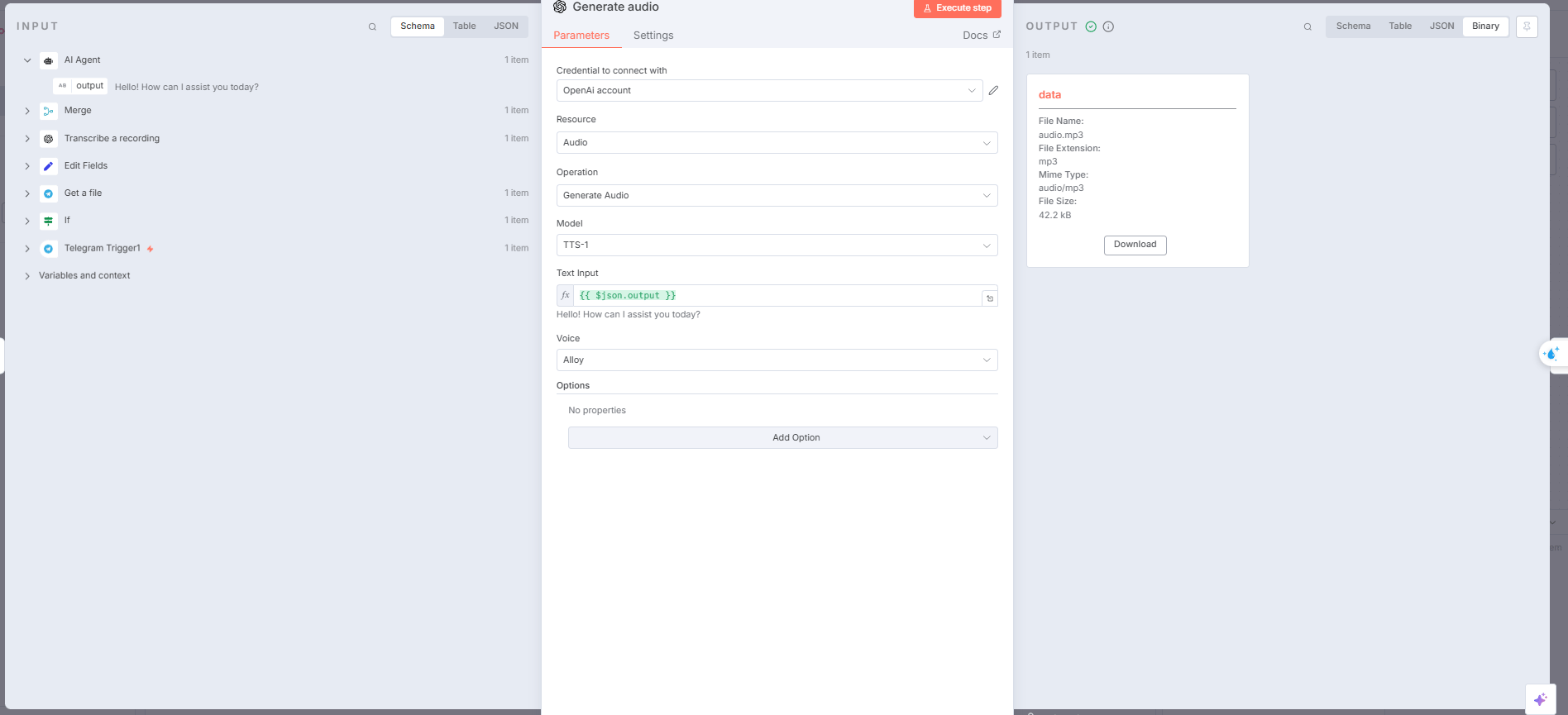
-
n8n sends this newly generated audio file back to the user.
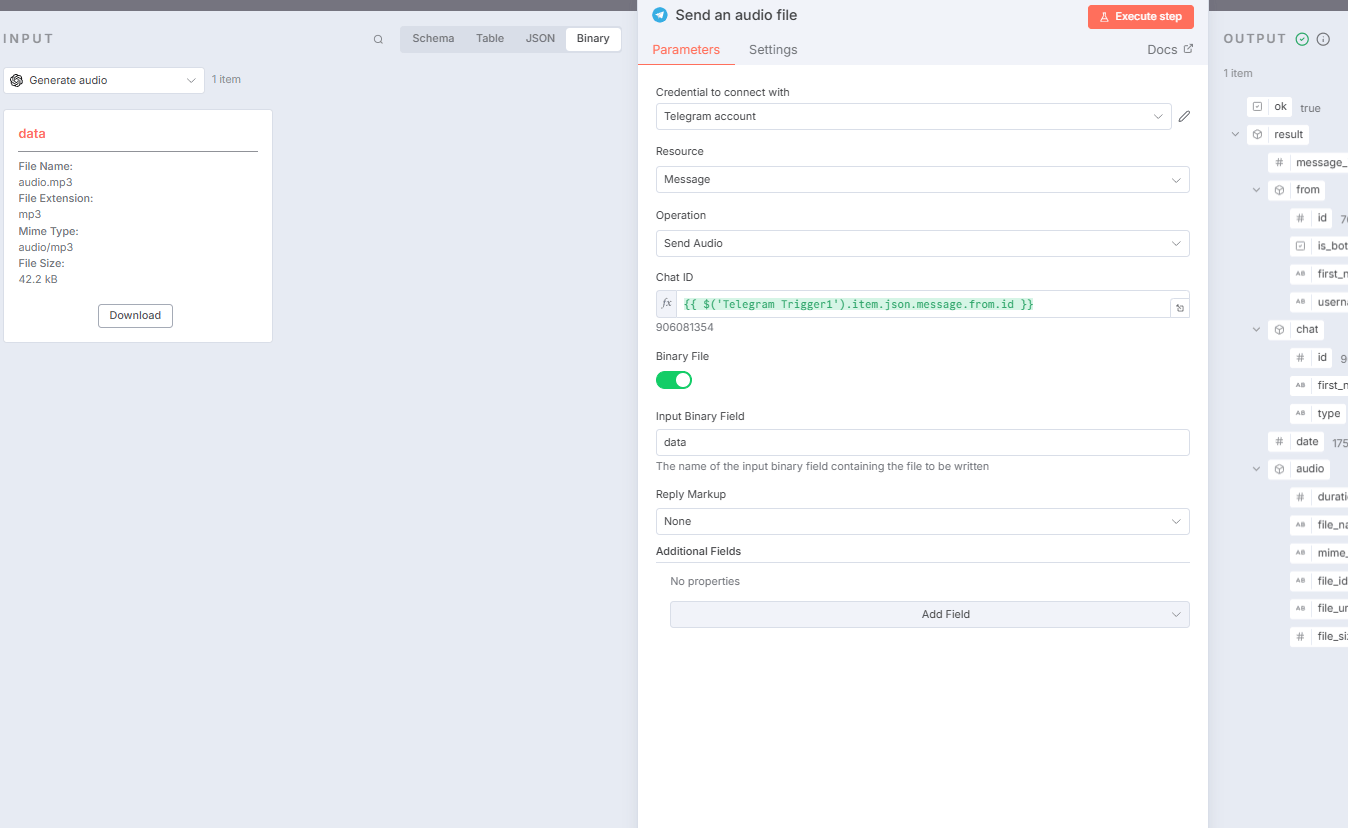
The result is a smooth, back-and-forth conversation that feels intuitive and personal.
Pro-Level Upgrade: Creating a “Brand Voice”
The default AI voice can sometimes sound a bit robotic or generic. The pro move is to give your AI a distinct personality before it ever generates the text that will be spoken.
You can do this by adding a detailed persona to the AI’s system prompt. For example:
You are 'Alex,' the friendly and patient support guide for our company. Your personality is warm, reassuring, and always helpful. You never use overly technical jargon. Start your responses with a friendly greeting and always end by asking if there's anything else you can help withBy defining this personality, you ensure that the text generated by the AI is perfectly aligned with your brand’s voice. When this text is converted to speech, the result is an AI that doesn’t just sound human; it sounds like a member of your team.

The Latency Challenge: Managing User Expectations
The biggest challenge with voice AI is latency—the small delay between when the user stops speaking and when the AI starts its response. This round trip (voice -> text -> AI processing -> text -> voice) can take a few seconds. To make this delay feel more natural, you can program the AI to start its response with a filler phrase like, “Okay, let me check on that for you…” or “That’s a great question, one moment…” This simple trick manages the user’s expectation and makes the short pause feel like a natural part of a human conversation.
7. The Automated Research Assistant: Scraping and Summarizing Websites
Every smart business decision is built on good research. But manual research is a time-consuming grind. Whether it’s prepping for a sales call, analyzing a competitor, or gathering data for a blog post, it involves hours of tedious work: opening dozens of tabs, reading through walls of text, and manually copying and pasting key points.
This automation transforms your AI into a tireless research assistant that can read and understand any website, delivering a perfect summary to you in seconds.
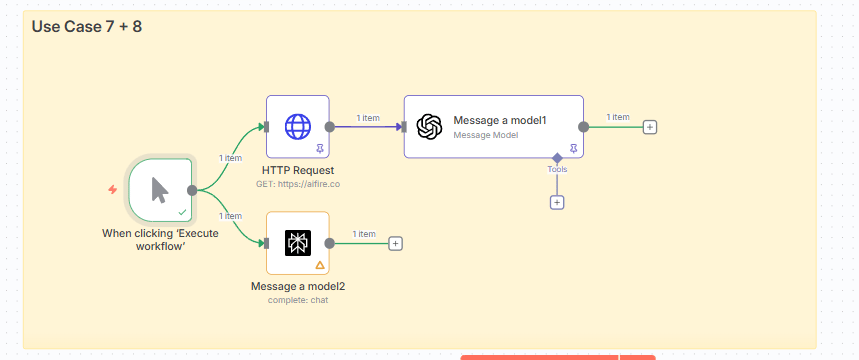
The Two-Step Method (The Old School Way)
The traditional way to automate this involves two distinct steps:
-
The Fetch: Use an n8n “HTTP Request” node. Think of this as a simple librarian. You give it a URL, and it runs off and fetches the “book“—the raw, messy HTML code of the website.
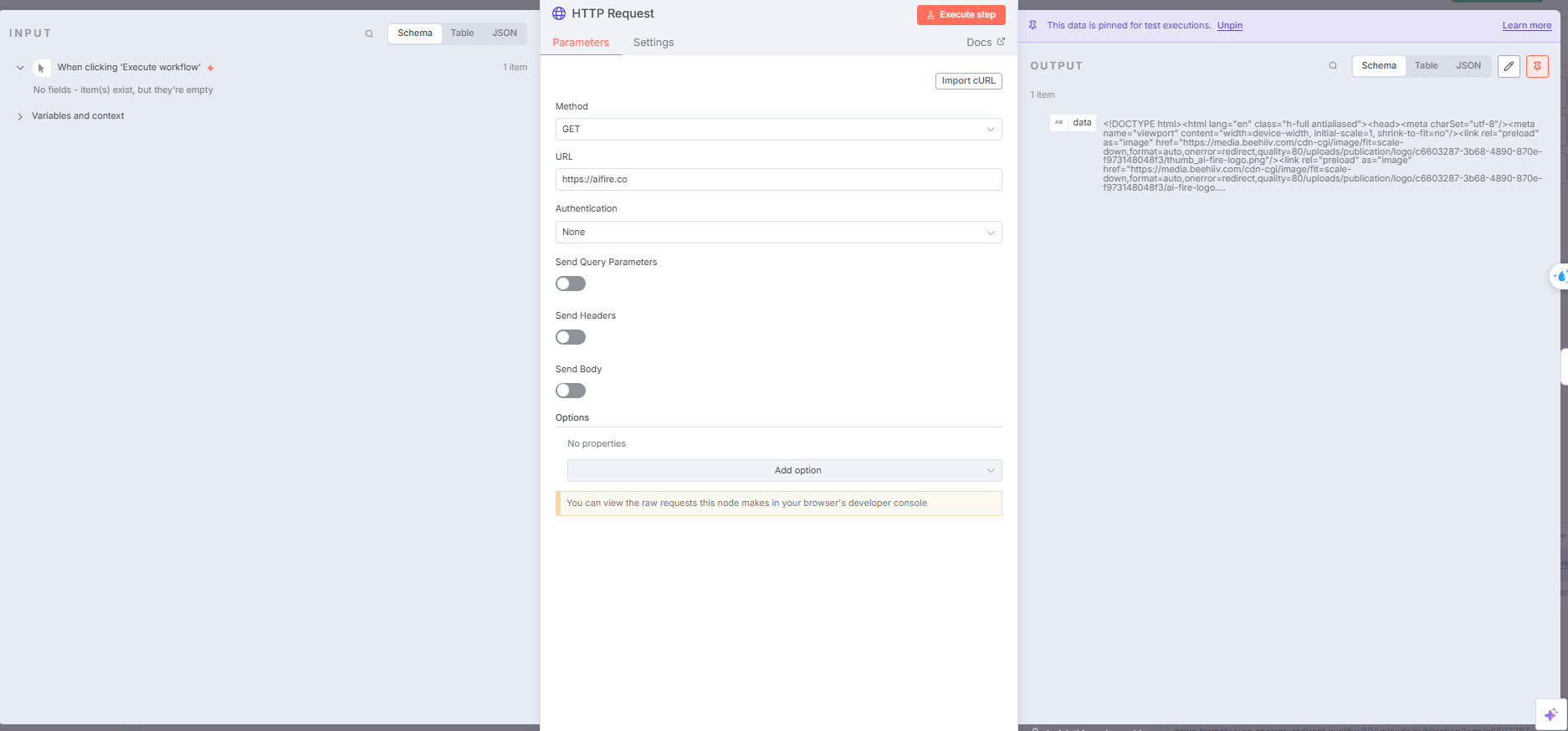
-
The Analysis: You then take that messy HTML and feed it to a ChatGPT node. This is your brilliant scholar. It reads the entire book in a split second, ignores all the junk code, and gives you a clean summary of the most important information.
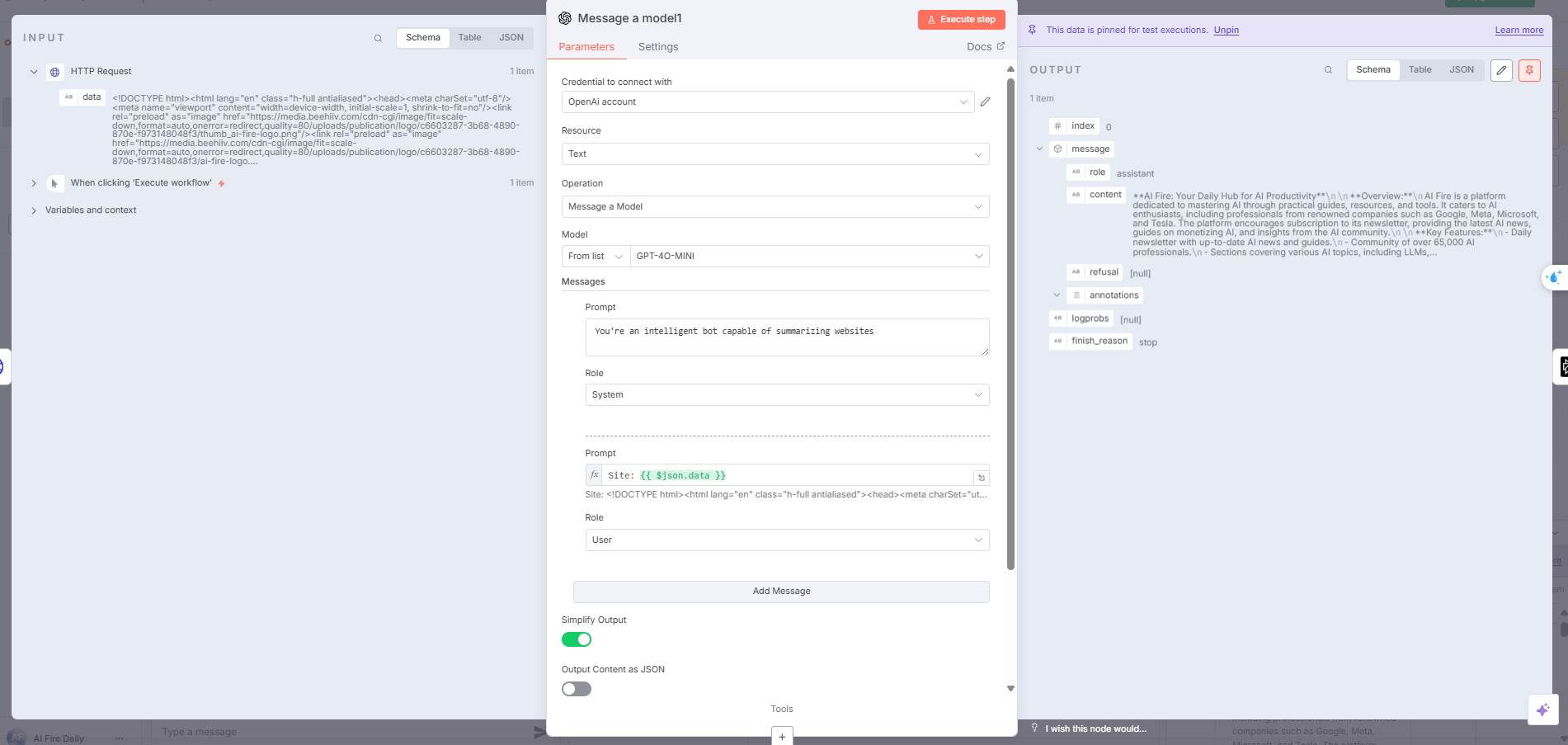
This method works, but it can sometimes struggle with modern, complex websites that rely heavily on JavaScript to load their content. For that, you need the “easy button.”
The One-Step Solution (The Perplexity “Cheat Code”)
A more elegant and powerful solution is to use n8n’s Perplexity integration. Perplexity is an AI tool that was born for this exact task—its models are specifically designed to browse the web and analyze content.
The setup is incredibly simple:
-
Add the “Perplexity“ node to your workflow.
-
Select one of their “Sonar” series models (which are required for web search).
-
Give it a website URL and a prompt.
Example Prompt:
Act as a world-class business analyst.
Visit the following website: [website URL]
And provide a concise summary of what the company does, who their main services are for, and what their primary value proposition is
The Perplexity node will handle both the Browse and the analysis in a single step, returning a clean, insightful summary.
Pro-Level Upgrade: The “Competitor Watchtower”
This is where you turn a simple research tool into an automated competitive intelligence system. You can build a scheduled n8n workflow that runs once every 24 hours.
The Workflow:
-
It scrapes the homepage text of your top three competitors.
-
It compares that text to the version it saved from the previous day.
-
If it detects any significant changes (e.g., a new headline, a change in pricing, the announcement of a new product), it triggers the rest of the workflow.
-
It sends the old text and the new text to a ChatGPT node with a prompt: “Analyze the ‘before’ and ‘after’ versions of this competitor’s website text. What changed? Summarize the strategic importance of this change.”
-
It then sends you a Slack or Discord alert with the AI’s analysis.
This turns a manual, sporadic task into an automated, 24/7 surveillance system. It’s like having a Palantír from The Lord of the Rings—a seeing-stone that lets you keep a constant, vigilant eye on what your rivals are up to.

Palantír from The Lord of the Rings
*Important Limitation
ChatGPT API vs ChatGPT Interface: The web search functionality you see in ChatGPT’s interface isn’t available through their API. These are separate products with different capabilities.
Workaround: Use the two-step process or Perplexity integration for web research automation.
Creating quality AI content takes serious research time ☕️ Your coffee fund helps me read whitepapers, test new tools and interview experts so you get the real story. Skip the fluff – get insights that help you understand what’s actually happening in AI. Support quality over quantity here!
8. The Digital Zen Master: Bringing Order to Chaos with AI Classification
This business automation is designed to solve one of the most universal problems of modern work: the chaotic, overwhelming inbox. Every unread email is a tiny, unanswered question that drains your mental energy and creates decision fatigue. This workflow acts as your personal digital zen master, bringing a state of calm and order to the chaos.
The Email Organization System
It’s 4:45 PM on a Friday. The weekend is so close you can almost taste it. But your inbox is sitting there with 50 unread emails, and you have no idea which ones are on fire and which ones are just newsletters that can wait until Monday.
This is the moment that this automation changes your life.
The solution is an n8n workflow that triggers on every new email. It sends the content of the email to ChatGPT with a simple but powerful prompt, instructing it to classify the message into one of your predefined categories:
-
Sales: Inquiries from potential new customers.
-
Support: Questions or issues from existing customers.
-
Admin: Invoices, contracts, or other legal documents.
-
Marketing: Newsletters and promotional materials.
-
Calendar: Meeting invitations and notifications.
Based on the category the AI assigns, the workflow can then automatically apply the correct label in Gmail, move the email to a specific folder, and even trigger other automations.
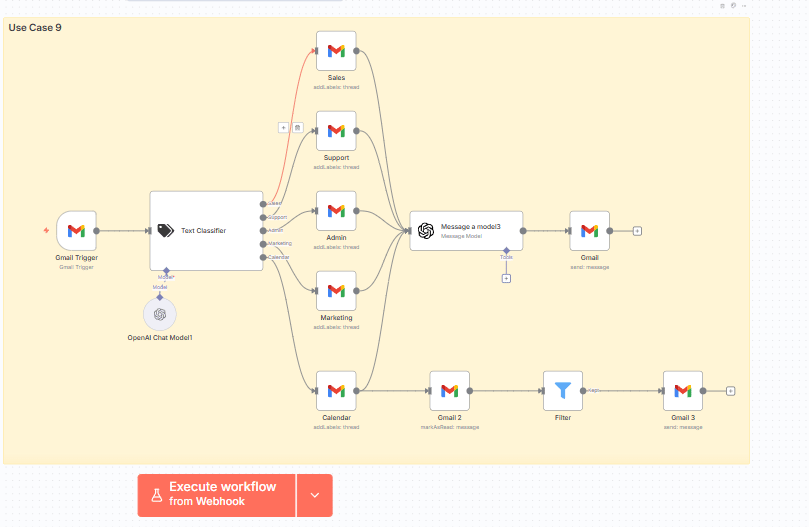
Pro-Level Upgrade: The “Action-Oriented” Inbox
A truly advanced business automation system doesn’t just label your emails; it starts the work for you.
-
If an email is classified as an “Invoice”: The workflow can trigger a second AI node to extract the vendor name, amount due, and due date, and then automatically create a draft payment in your accounting software or add a payment reminder to your calendar.
-
If an email is classified as a “High-Urgency Support Ticket”: It can automatically create a new ticket in your helpdesk system (like Zendesk or Jira) and post a high-priority alert in your support team’s Slack channel.
-
If it’s a “Sales Lead”: It automatically triggers the Lead Scoring workflow we discussed previously, qualifying and routing the lead before a human even has to read the email.

This transforms your inbox from a passive list of messages into an active, intelligent system that triages and initiates work on your behalf. Instead of spending that last hour on a Friday manually sorting, you can glance at your perfectly organized inbox, handle the two items the AI has flagged as truly critical, and close your laptop with confidence. That’s the freedom this system provides.
9. The “Nuke Button”: Connecting the ChatGPT Interface Directly to n8n
Everything we’ve discussed so far involves using AI inside your n8n workflows. This final use case flips that script on its head. This is the “hold my beer” of automation. It involves giving the familiar, conversational ChatGPT interface the power to command your entire n8n system.
This is the holy grail of integration. It combines the world’s most advanced conversational AI with a powerful, real-world action engine. You are essentially giving a brilliant brain (ChatGPT) a complete set of hands and feet (n8n).
How This Works: The J.A.R.V.I.S. Blueprint
The magic happens by creating a Custom GPT (a feature available with a ChatGPT Plus subscription). You can configure this Custom GPT to talk to n8n via a webhook. A webhook is like a secret, direct phone number. When you give your Custom GPT a command, it calls that number, and your n8n workflow instantly answers, ready for instructions.
The power this unleashes is almost unlimited. Instead of being confined to ChatGPT’s built-in abilities, it can now leverage any of the 1,000+ integrations and any custom workflow you’ve built in n8n, including:
-
Full Calendar Management: Scheduling, rescheduling, and checking for conflicts.
-
Deep CRM Operations: Creating new deals, updating contact records, and logging interactions.
-
Database Queries: Accessing real-time information from your business’s databases.
-
Social Media Publishing: Posting content across all your platforms.

A Real-World Example in Action
Imagine you’re in a chat with your Custom GPT. You type a single, conversational command:
John Smith from Acme Inc. just agreed to a demo. Schedule a 30-minute call on my Google Calendar for this Tuesday at 2 PM, create a new deal for him in our HubSpot CRM with a value of $5,000, and then draft a personalized confirmation email and save it in my Gmail drafts for me to review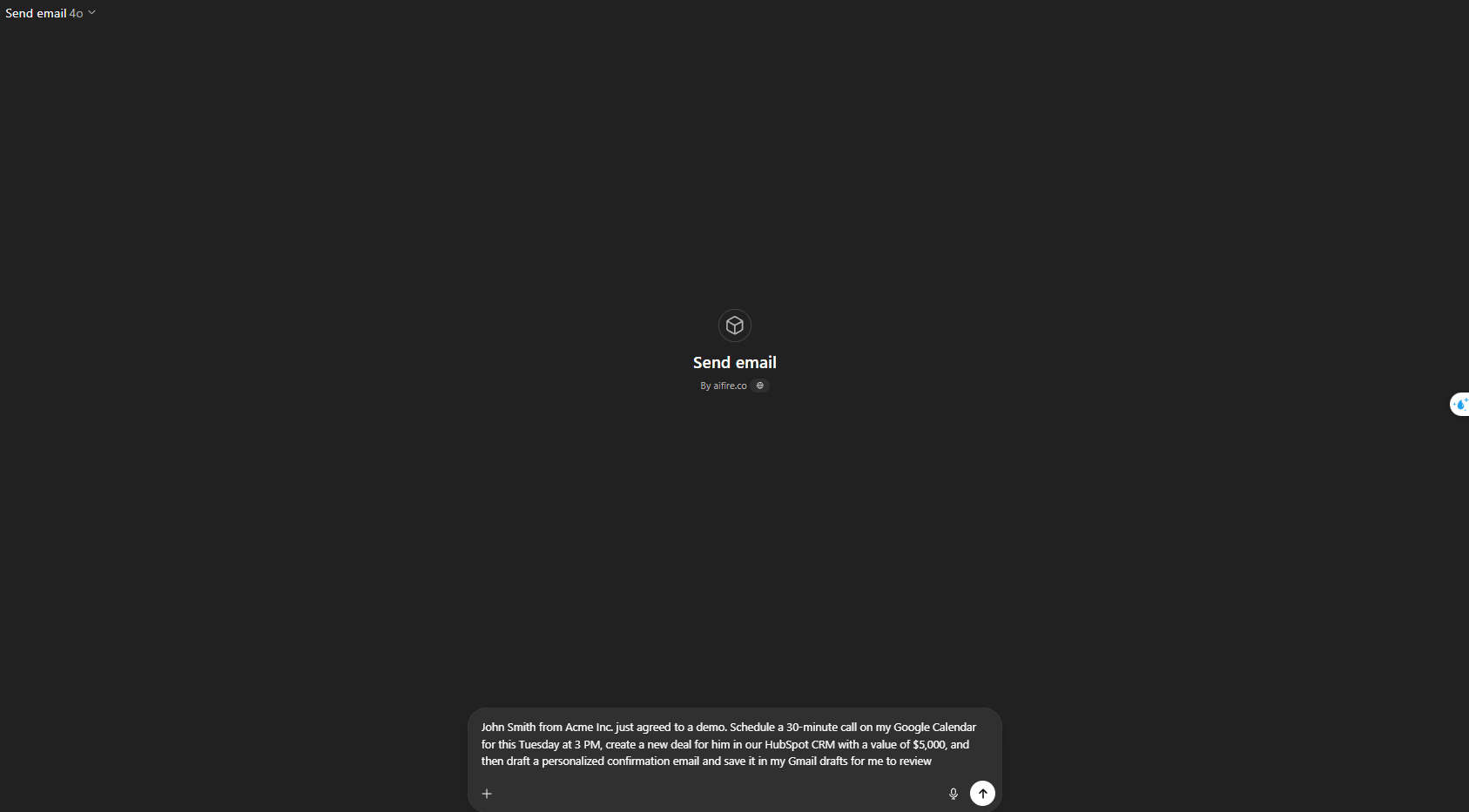
What happens behind the scenes is a symphony of automation:
-
Your Custom GPT understands the natural language request and identifies the key entities (John Smith, Acme Inc., Tuesday 2 PM, HubSpot, $5,000, Gmail).
-
It sends this structured data to your n8n webhook.
-
Your n8n “Master Sales Agent” workflow receives the data and triggers a series of actions: it checks your Google Calendar for availability, creates the event, makes an API call to HubSpot to create the new deal, uses another ChatGPT node to draft the email, and then saves it in your Gmail drafts.
-
n8n sends a confirmation message back to the Custom GPT.
-
You see a simple message in your chat window: “I’ve started to schedule a coffee event on your calendar for tomorrow at 2 pm. Would you like to add any more details, such as the location or guests, or should I keep it simple?”

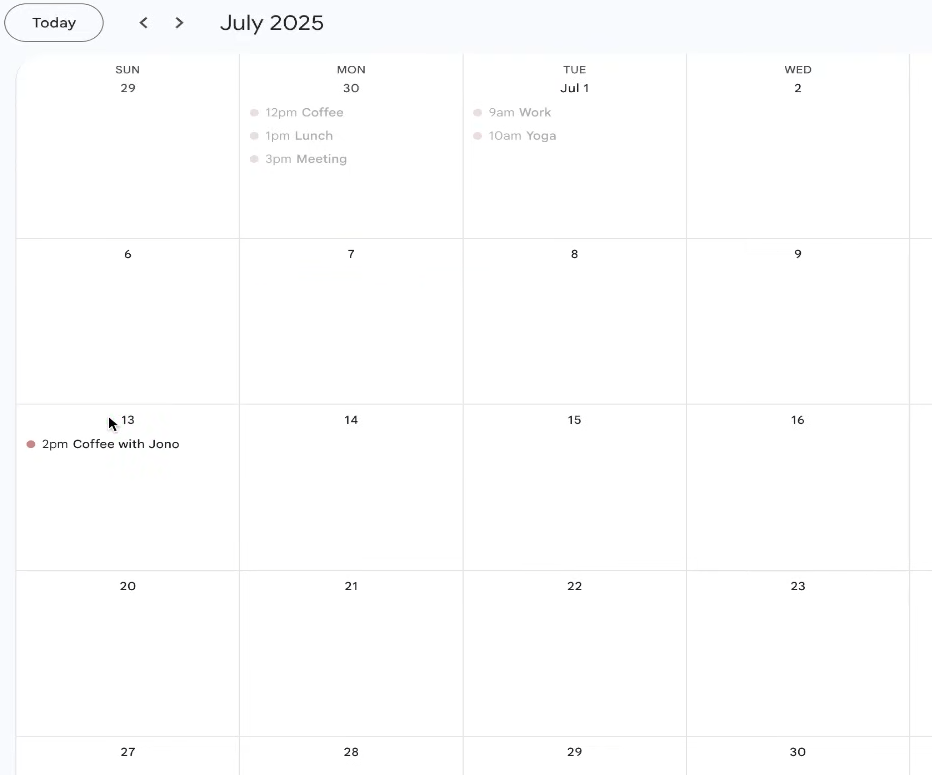
With Great Power Comes Great Responsibility
Giving a conversational AI this level of control over your business is incredibly powerful, but it’s not without risk. Security is paramount. The system must be built with safeguards, such as:
-
Confirmation Required: For critical actions like sending an email or deleting a record, the Custom GPT must ask for your final “yes” before executing.
-
Strict Permission Control: You can design your n8n workflows to limit which tools the integration can access, preventing it from going rogue.
-
Audit Trails: n8n keeps a complete log of every action taken, so you always have a record of what your AI has done.
10. The Business Transformation Framework: Putting It All Together
You’ve just been shown ten incredibly powerful business automation blueprints. The immediate question is: where do you even begin? The key is to be strategic. Don’t try to boil the ocean. Start with the automations that will have the biggest and most immediate impact on your daily work.
The 80/20 Approach: Your High-Impact Starter Pack
For most businesses, the biggest wins come from solving the most painful data-entry and organizational problems first. Focus on these four high-impact automations to begin:
-
Information Extraction (#3): This will save you hours of manual data entry every single week.
-
Lead Scoring (#4): This will dramatically improve the efficiency of your sales process.
-
Text Classification (#9): This will bring a new level of order and calm to your digital communications.
-
RAG Systems (#5): This will revolutionize your customer support and internal knowledge sharing.
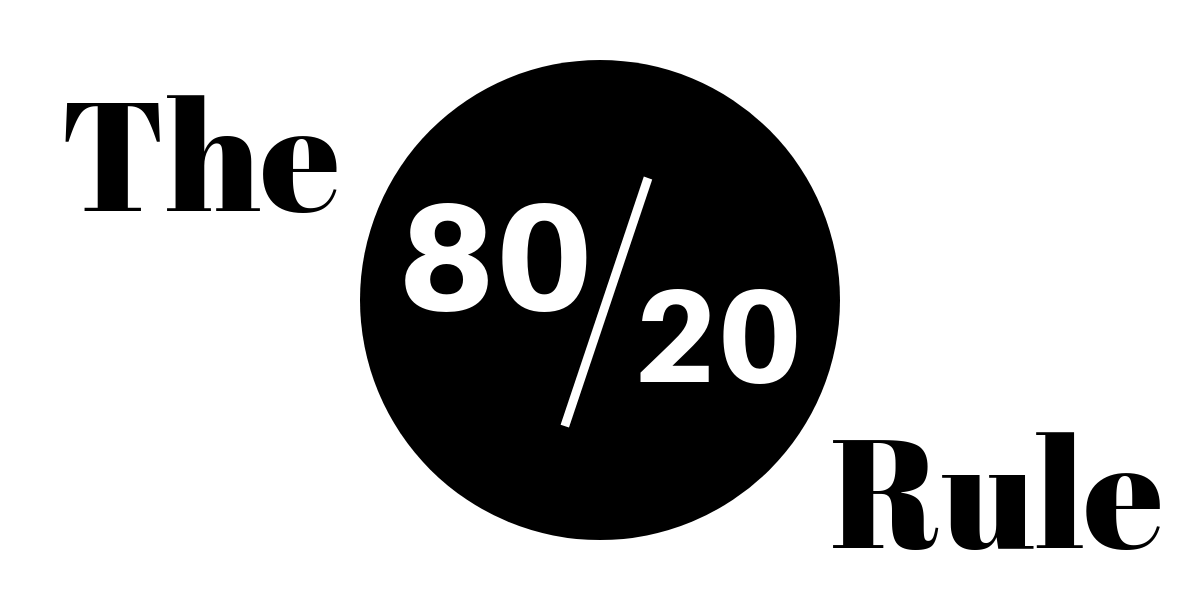
Once you’ve mastered these, you can move on to the more advanced optimizations like image generation, voice interactions, and the ultimate ChatGPT integration.
A Realistic Implementation Timeline
-
Weeks 1-2: Set up your n8n instance and build your first, and most important, workflow: Information Extraction for your most time-consuming data entry task.
-
Weeks 3-4: Implement the Lead Scoring workflow. Connect it to your extraction workflow so that every new lead is automatically processed and qualified.
-
Weeks 5-6: Build the email classification system to finally get your inbox under control.
-
Weeks 7-8: Create your first RAG system for either customer support or internal knowledge, using your company’s existing FAQ documents.
-
Months 2-6: With your core systems in place, you can now begin to add the more advanced features and scale the automations that are providing the most value.
Your Playbook for the Automation Revolution
This guide has given you the “what.” This final section is about the “how”—the strategies, metrics, and mindsets you need to succeed not just today, but in the rapidly evolving future of business.
Measuring What Matters: How to Know If It’s Working
You can’t improve what you don’t measure. Track these key metrics to understand the true ROI of your automation efforts.
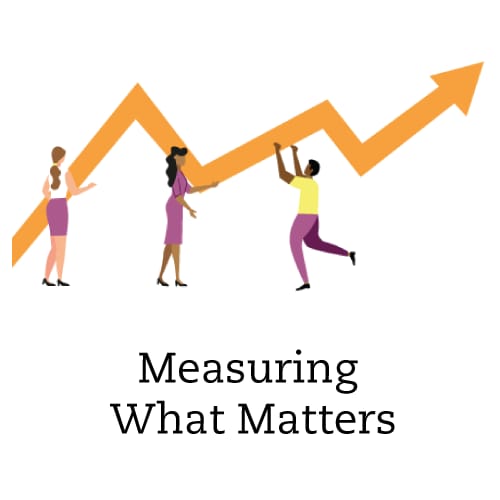
Quantitative Metrics:
-
Hours Saved Per Week: The most direct measure of your success.
-
Error Reduction: Track the decrease in data entry mistakes.
-
Customer Response Times: Measure how much faster your customers are getting help.
-
Lead Conversion Rate: Are you closing more deals now that your sales team is focused on better leads?
Qualitative Metrics:
-
Stress Levels: How much calmer and more in control do you and your team feel?
-
Customer Feedback: Are customers commenting on the speed and quality of your responses?
The Future of Business Automation: Preparing for the Next Wave
What we’ve discussed today is the cutting edge, but the technology is still accelerating. The next wave will include:
-
Multi-modal AI: Agents that can understand text, voice, images, and video all at once.
-
Predictive Automation: Systems that don’t just react to your commands but anticipate your needs before you even ask.
-
Natural Language Programming: The ability to build complex automations simply by describing what you want in plain English.
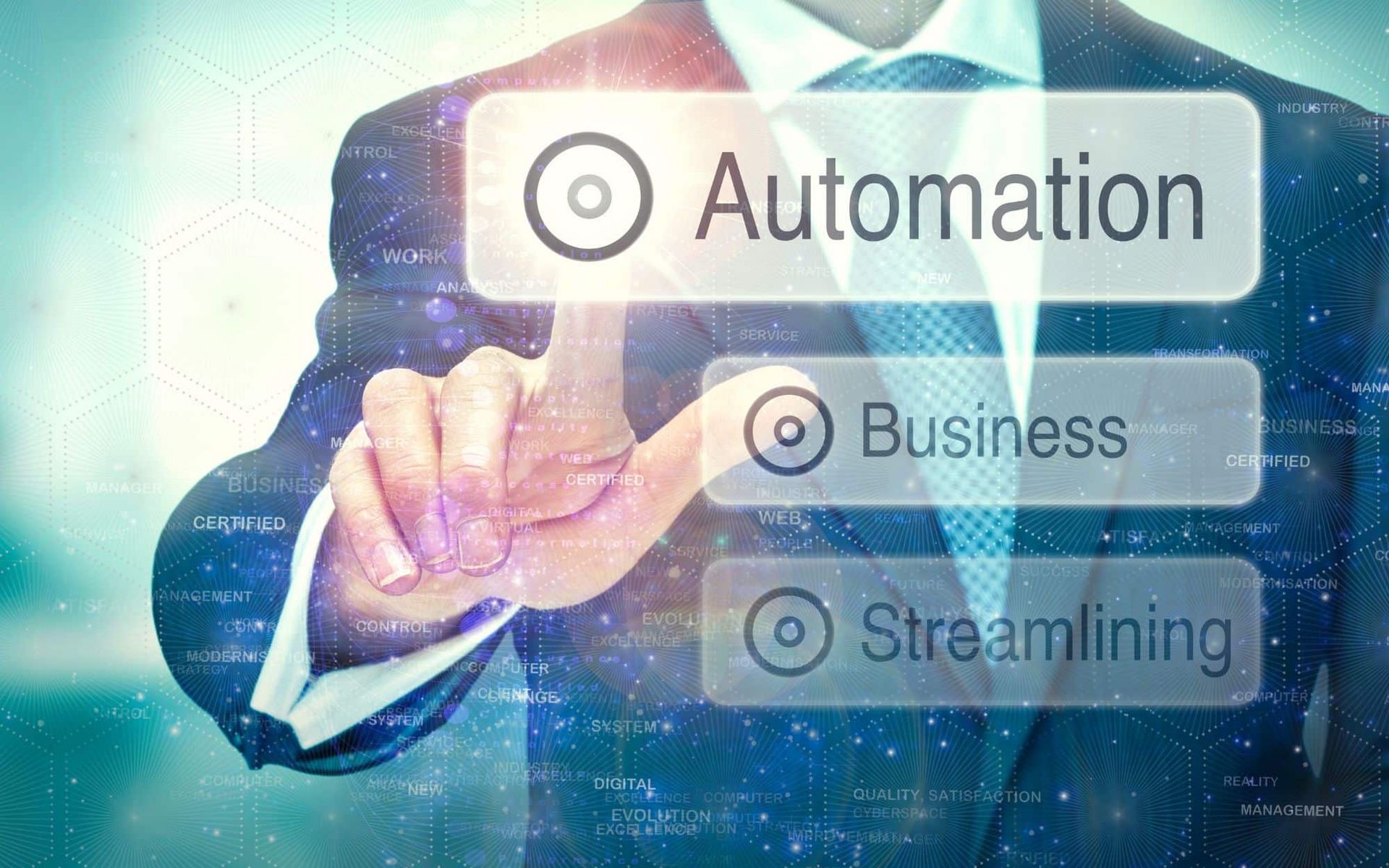
To prepare for this future, you need to develop a new set of skills. It’s less about learning a specific programming language and more about:
-
Process Mapping: The ability to look at a business process and break it down into logical, automatable steps.
-
Data Organization: Structuring your business’s information so that an AI can easily understand and use it.
-
Integration Thinking: Seeing your business not as a collection of separate departments, but as a system of interconnected tools that can be woven together.
This all comes down to a fundamental mindset shift: you must go from being a doer of tasks to being a designer of systems.
The Bottom Line: The Choice You Make Today
For most of the world, the work week is winding down. Laptops are being closed. Progress is being paused until Monday morning.
For those who continue to do things the old, manual way, this is the end of the week.
But for those who build automated systems, the work is just beginning. Your AI agents don’t take weekends. They don’t get tired. While your competitors are offline, your business can be generating leads, qualifying prospects, and supporting customers around the clock.
This is the fundamental choice that this new era of AI presents. It’s a “red pill, blue pill” moment for every entrepreneur and business owner.
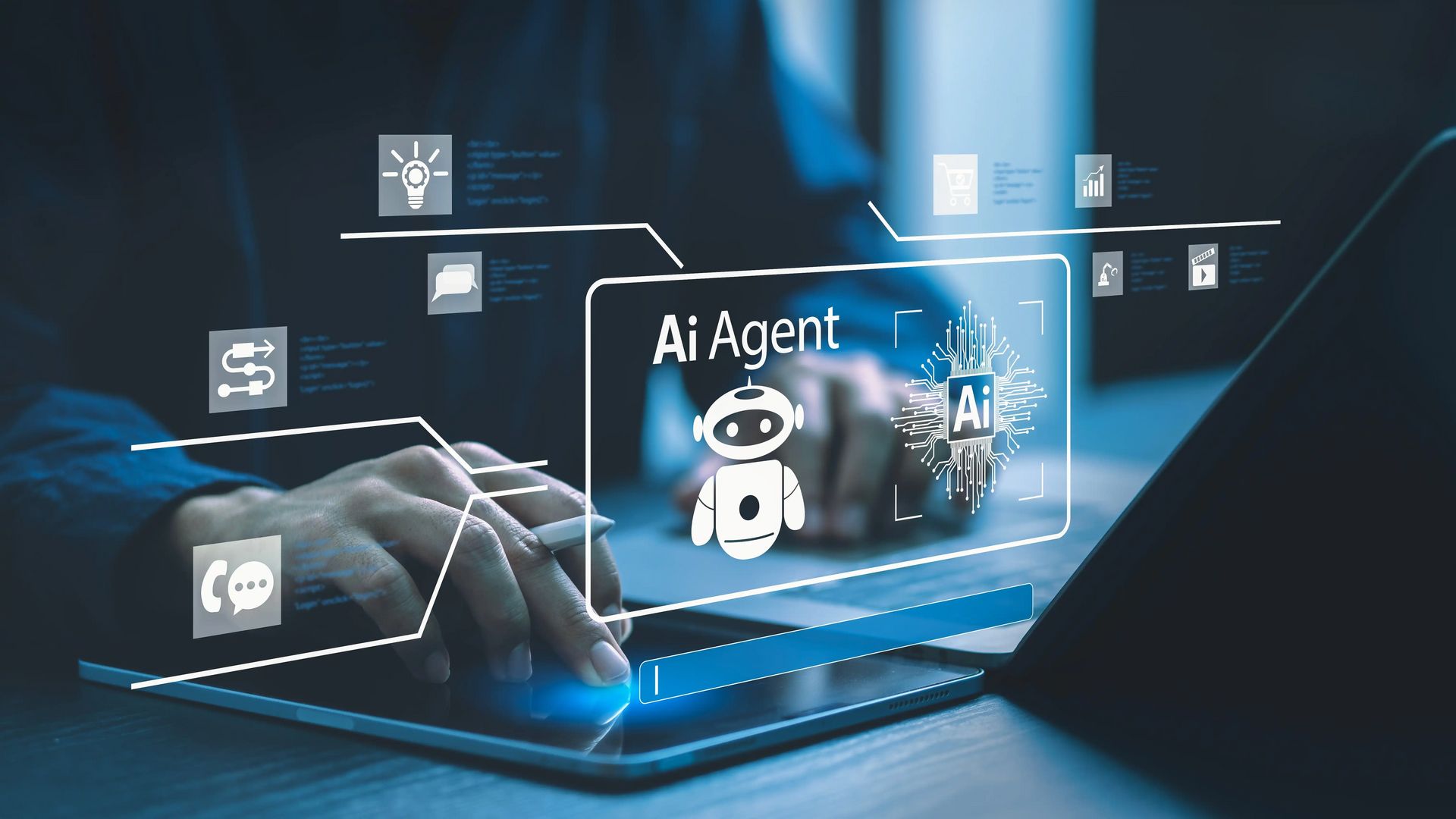
You can take the blue pill. You can choose to keep doing everything manually. You can continue to trade your time for a linear amount of output, working longer and harder just to keep up, while competitors who embrace this new form of leverage pull further and further ahead.
Or you can take the red pill. You can choose to implement these automations. You can reclaim your time, multiply your output, and build a business that truly works for you, instead of the other way around.
The tools are available. The blueprints have been laid out. The only question left is no longer what is possible, but what you will build.

If you are interested in other topics and how AI is transforming different aspects of our lives or even in making money using AI with more detailed, step-by-step guidance, you can find our other articles here:
-
Boost Your Business: The Power of Warm Leads and Smart Lead Generation*
*indicates a premium content, if any

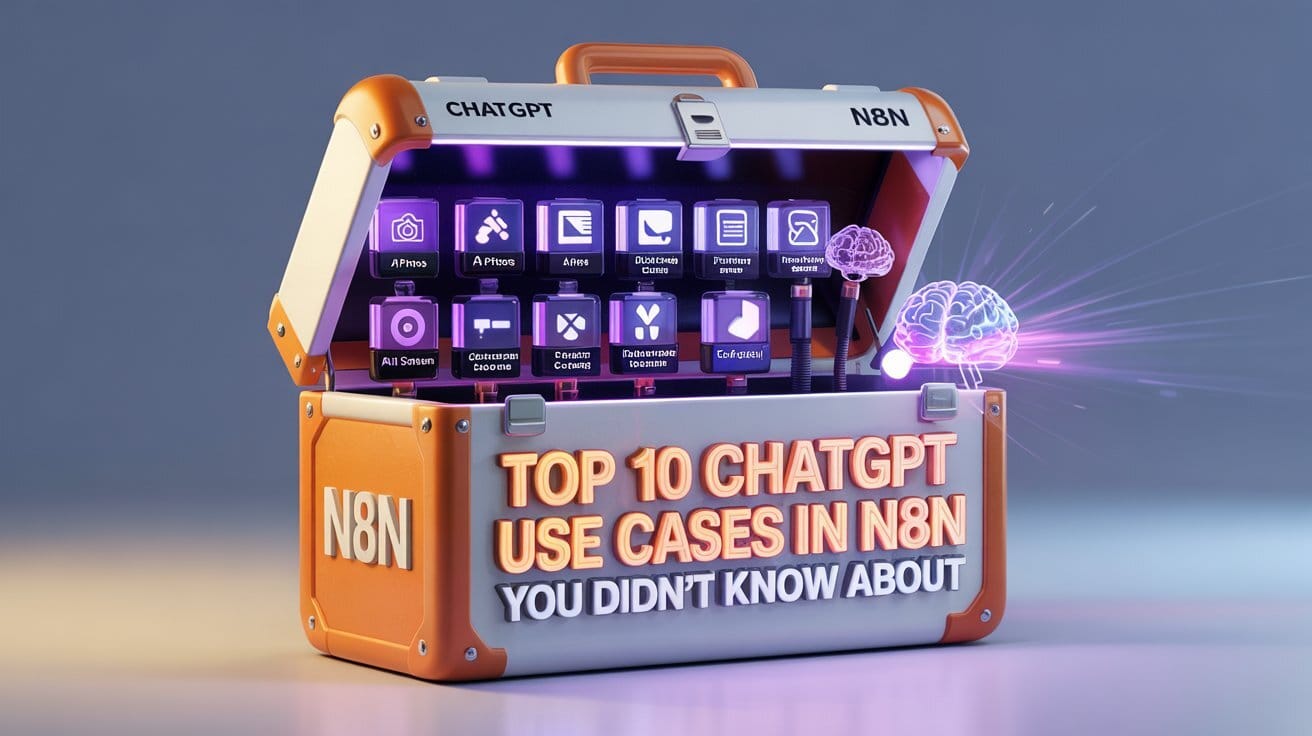
Leave a Reply